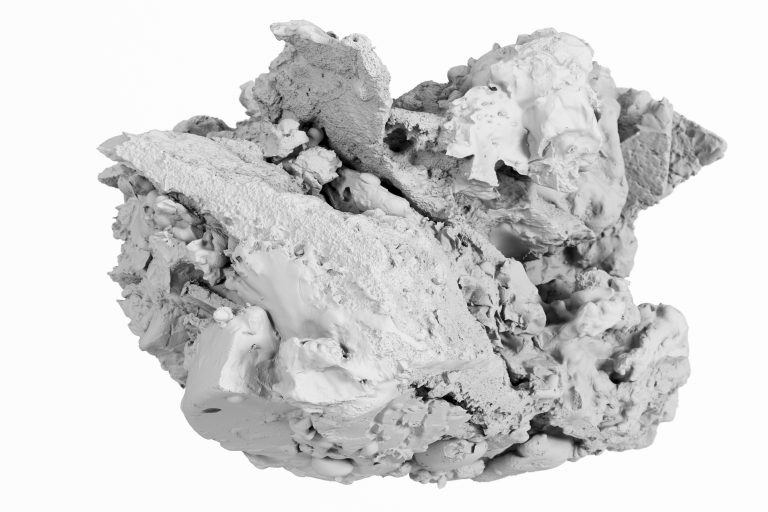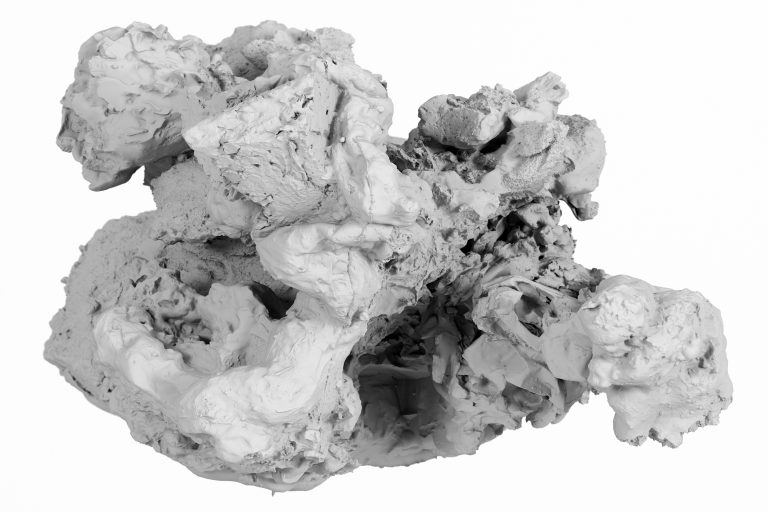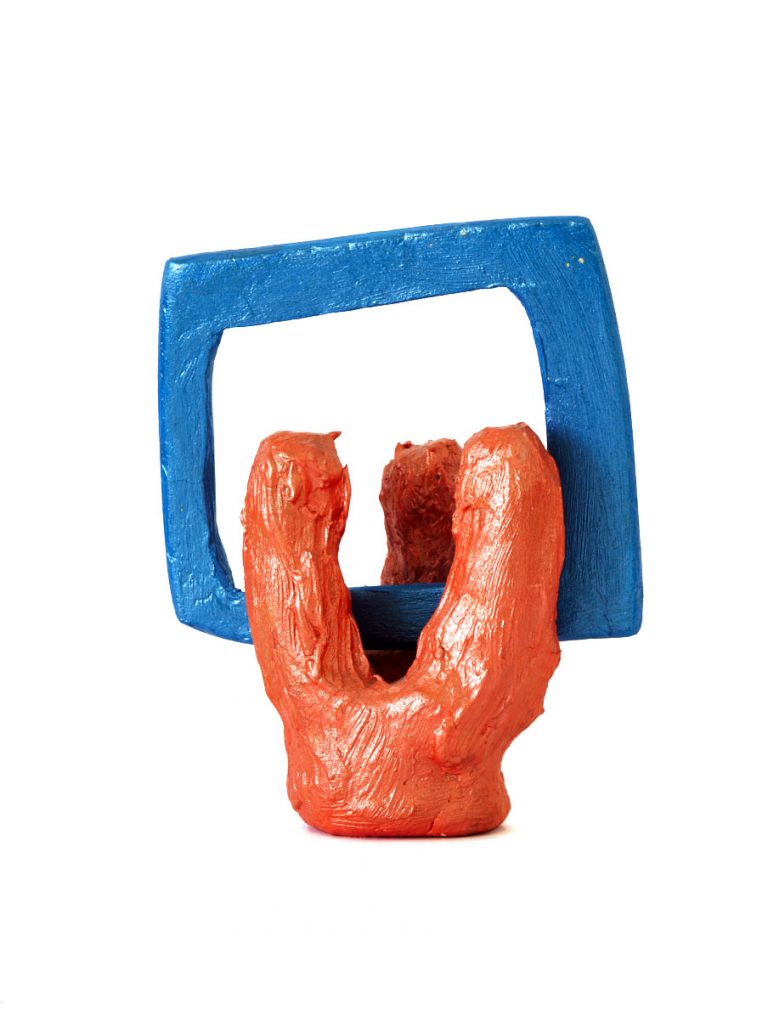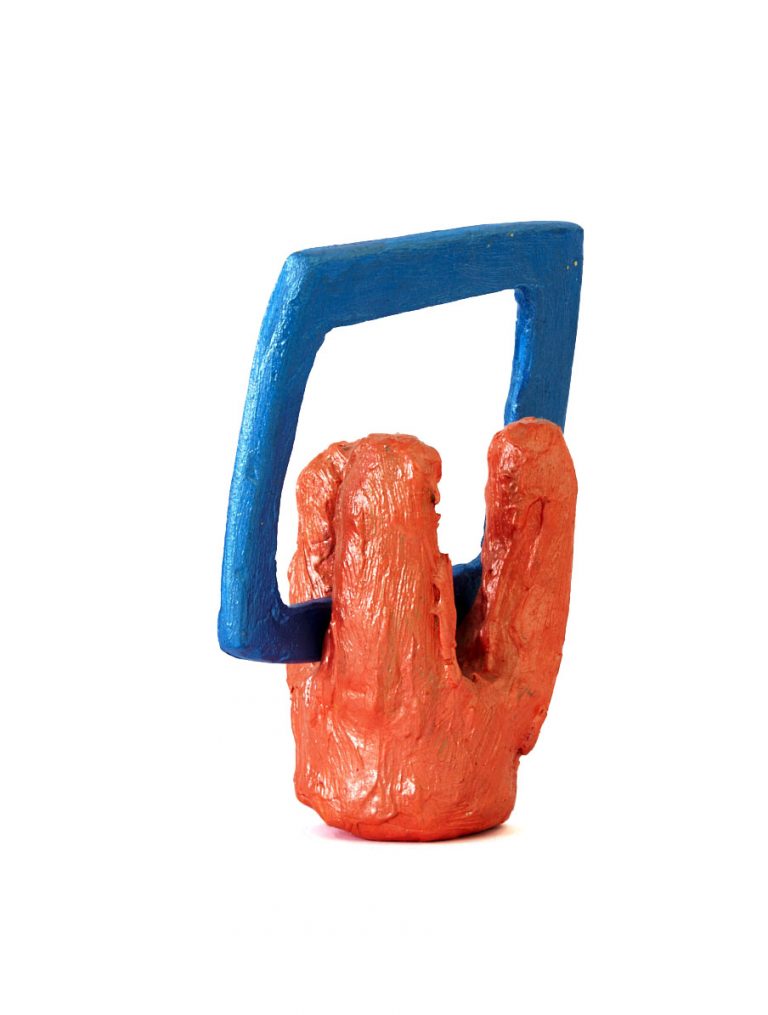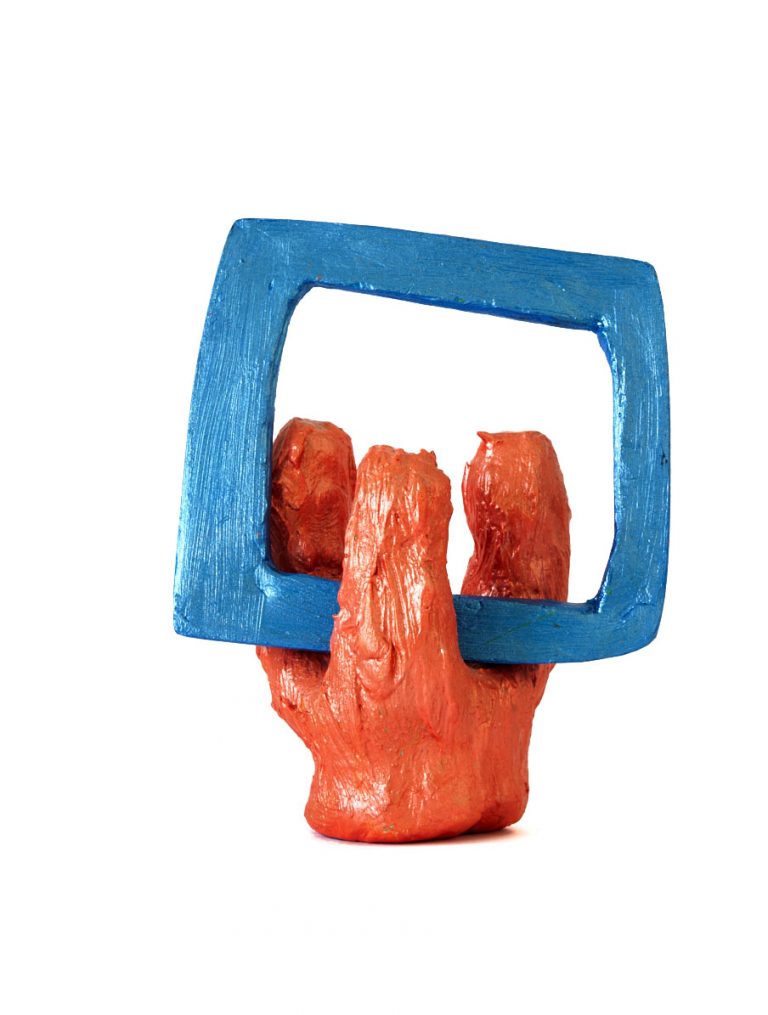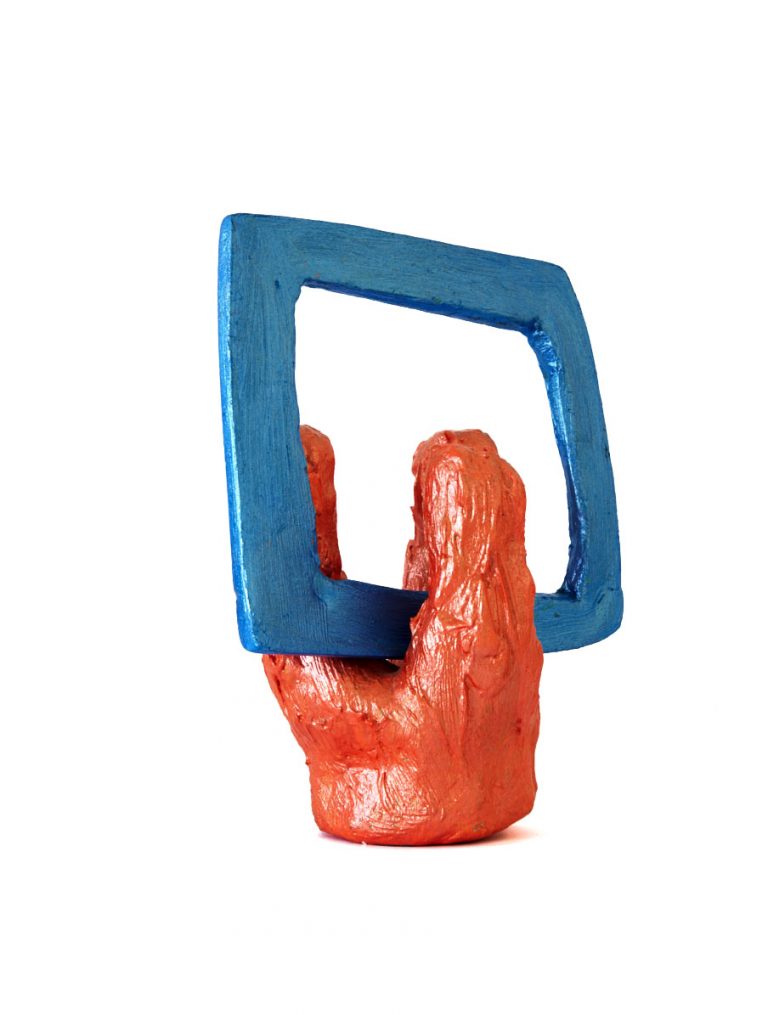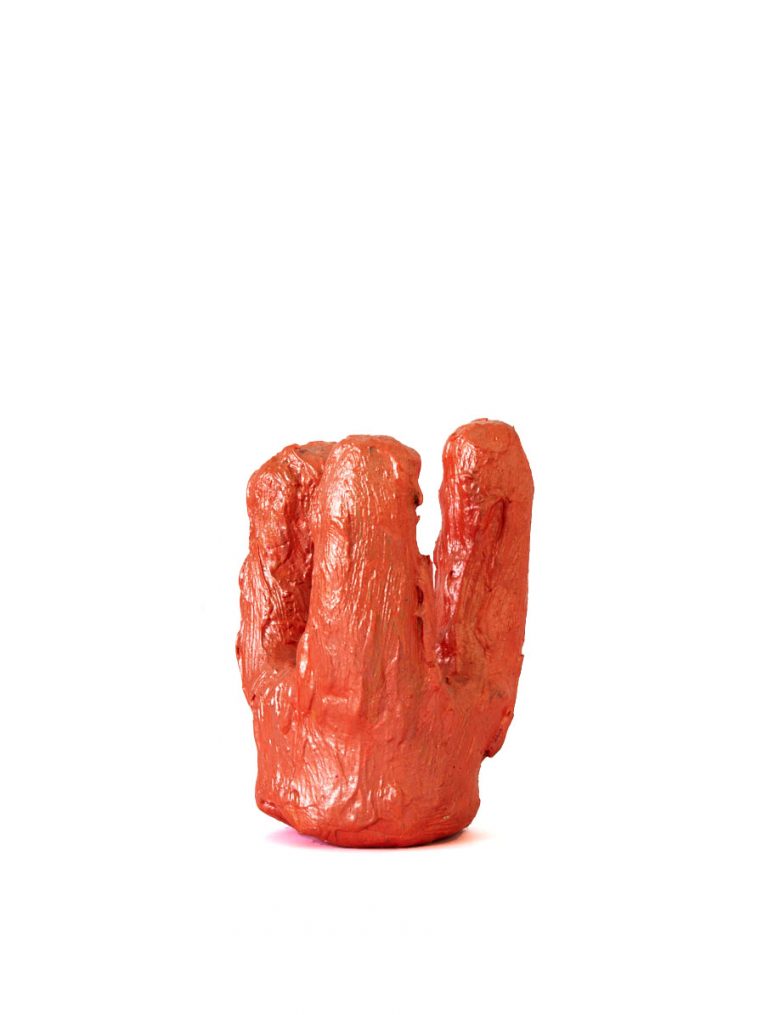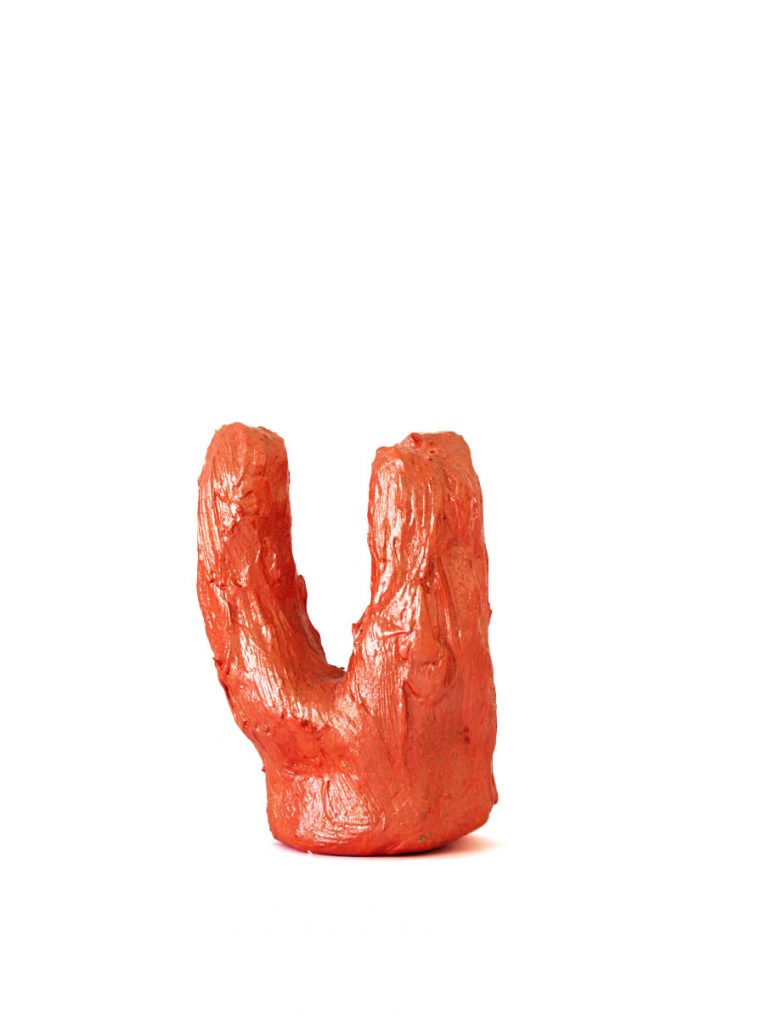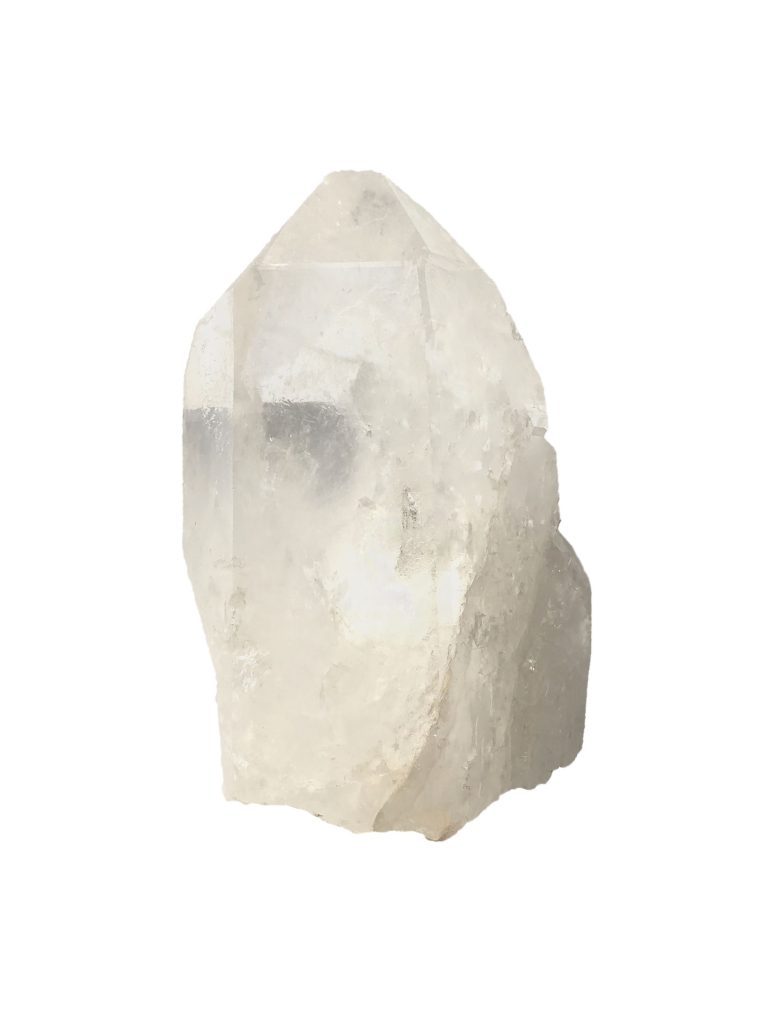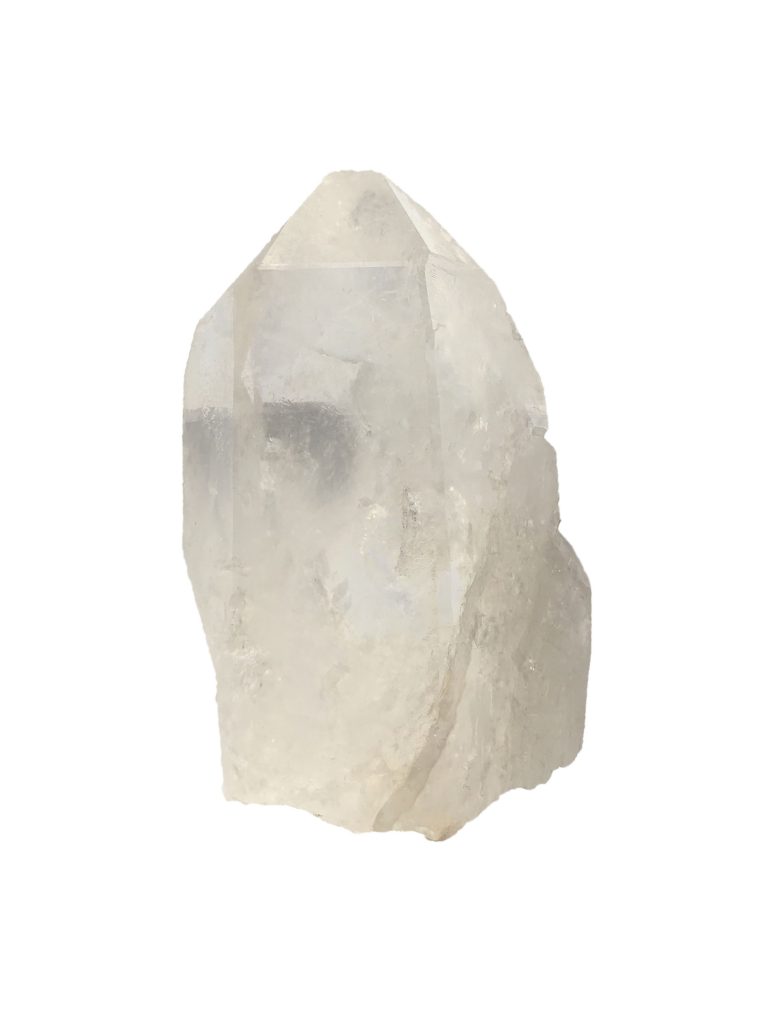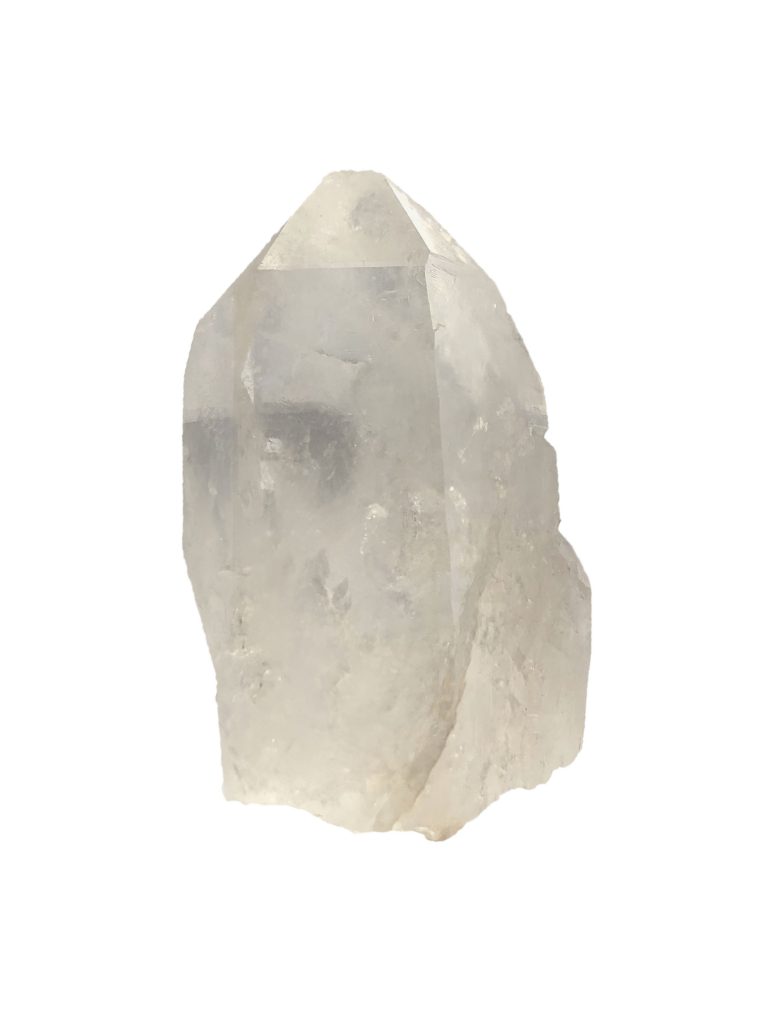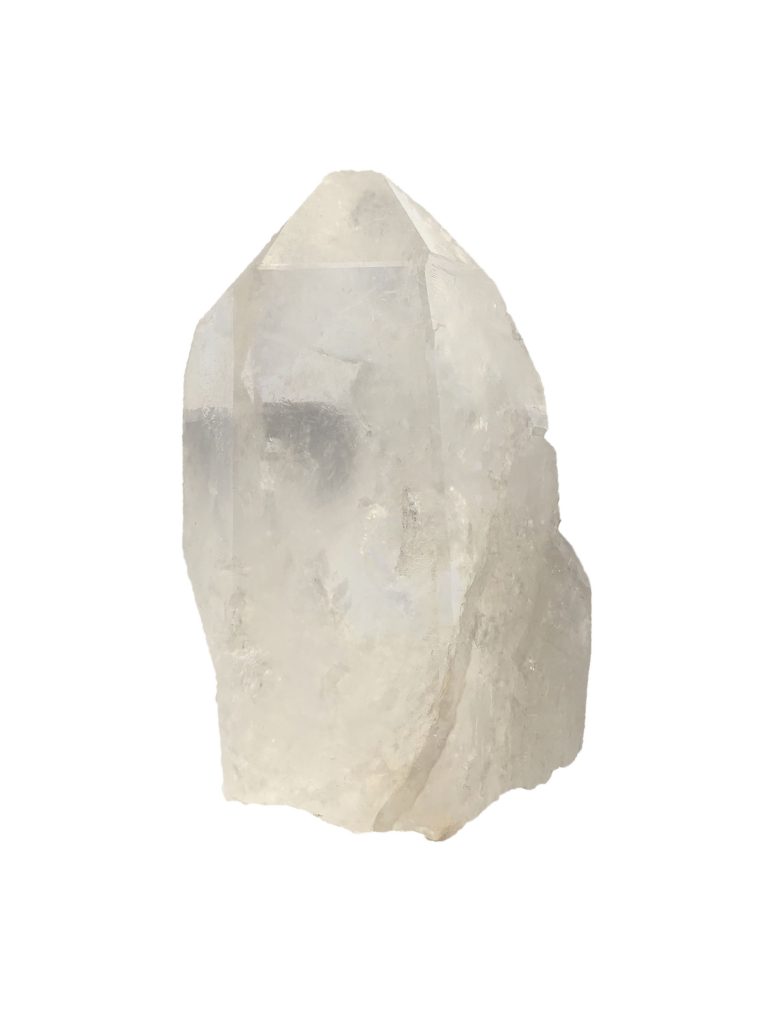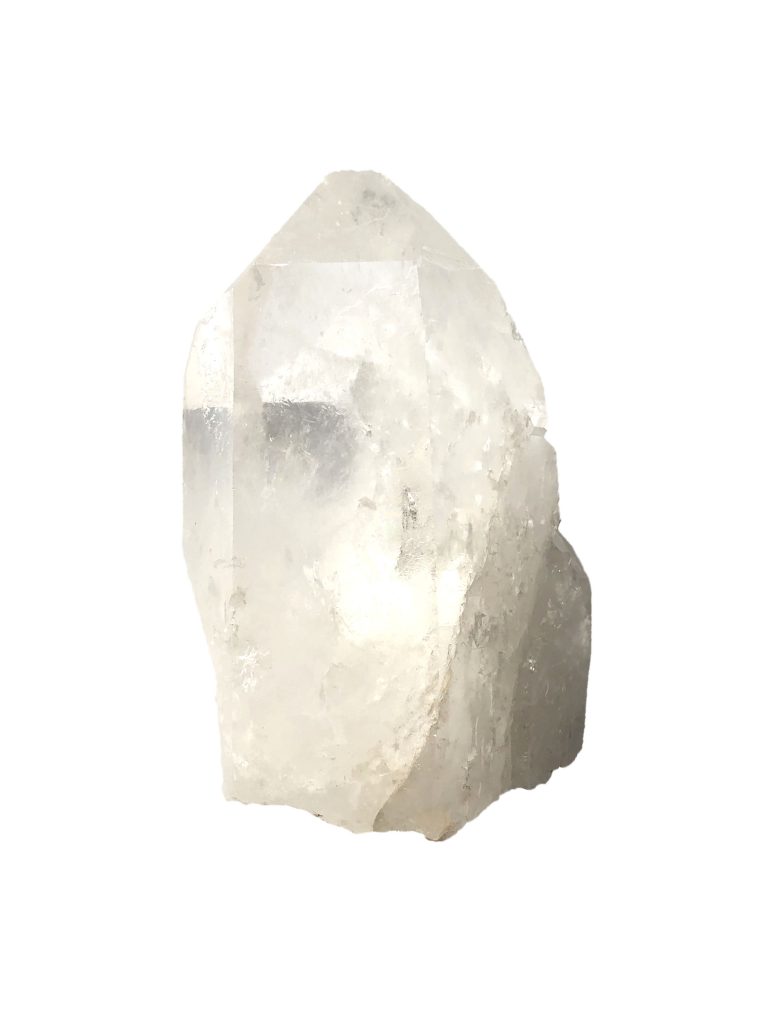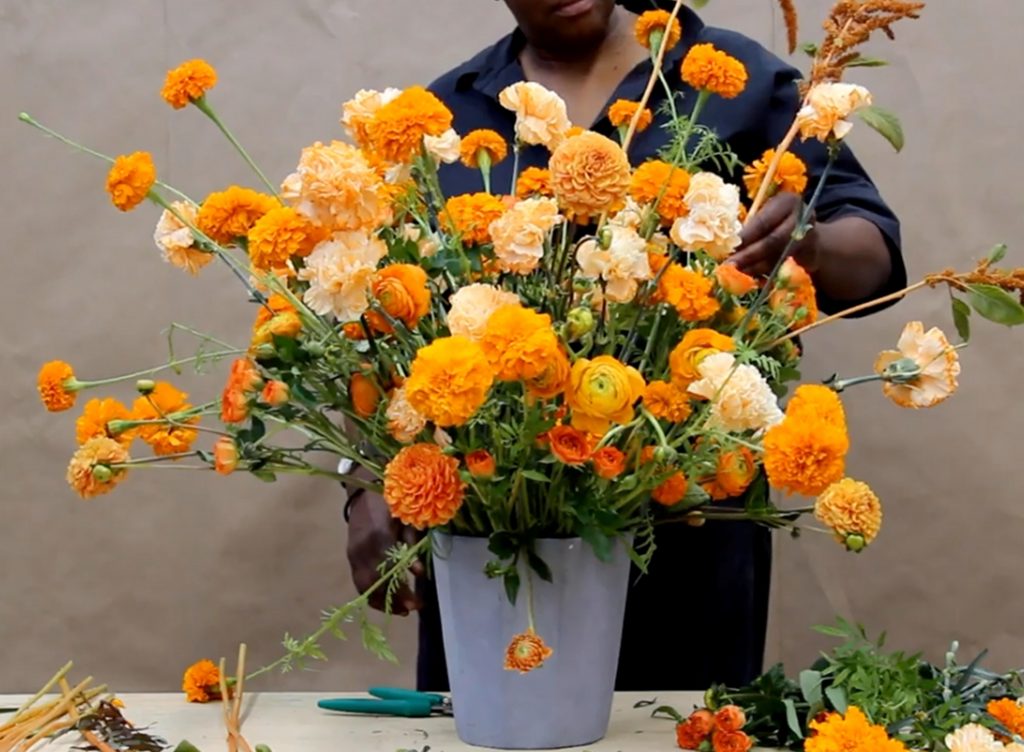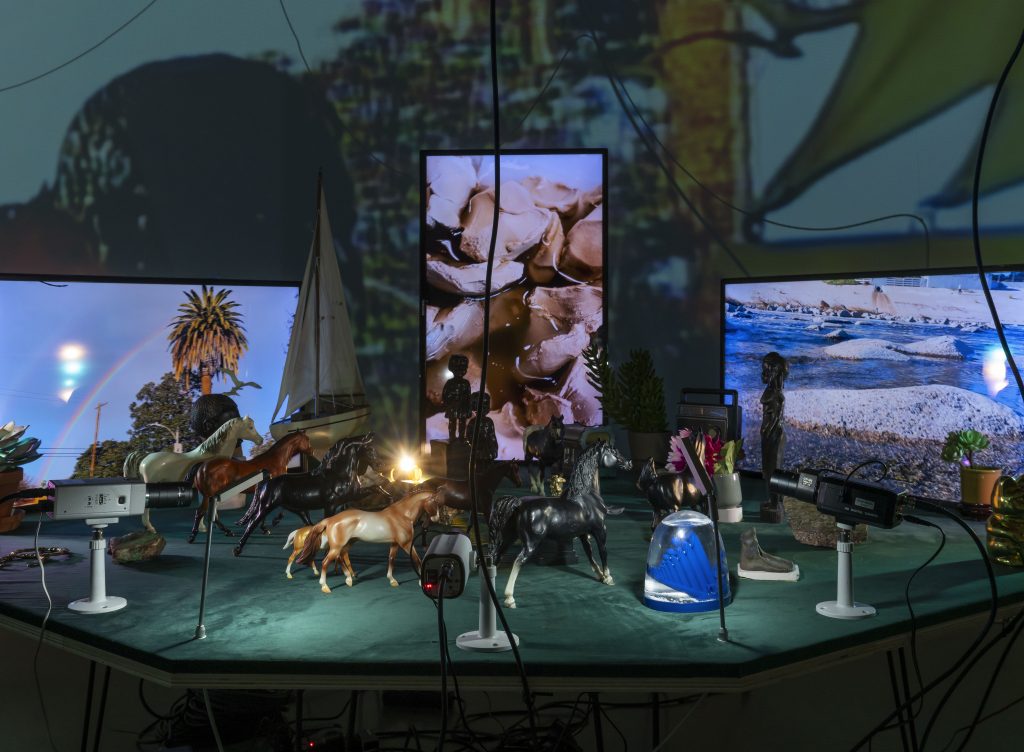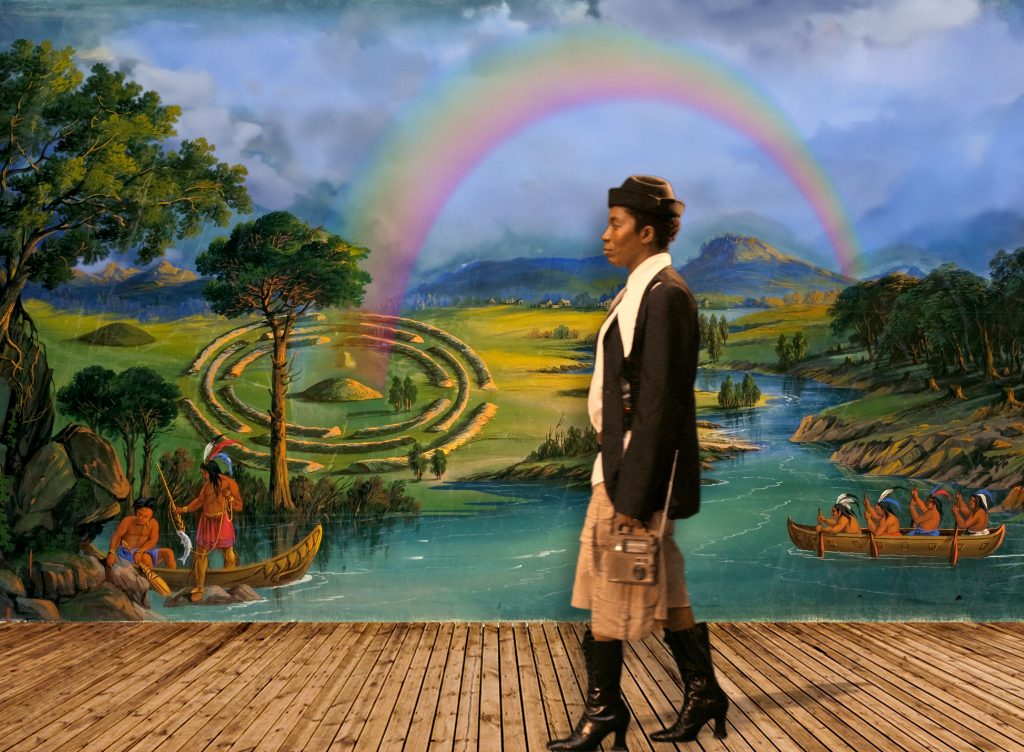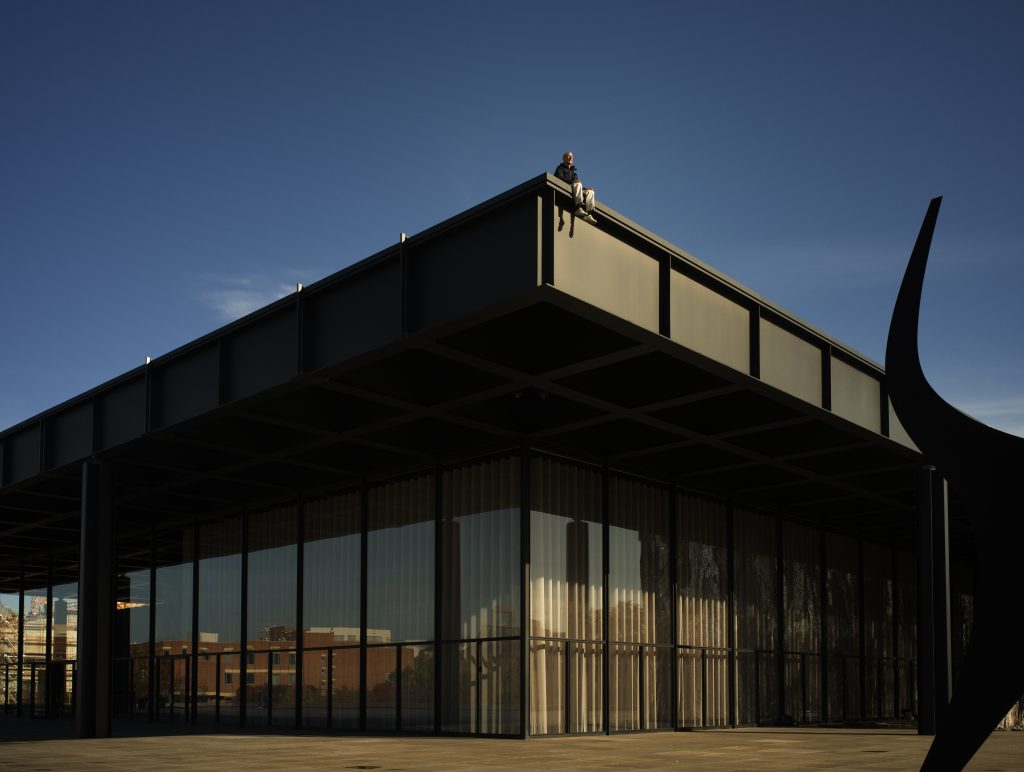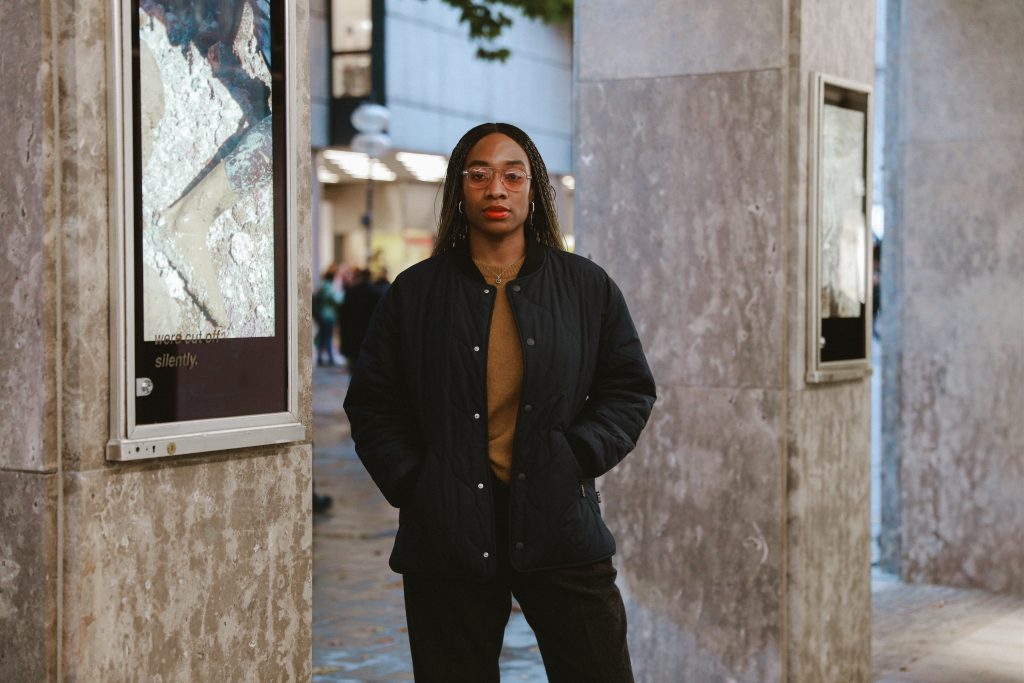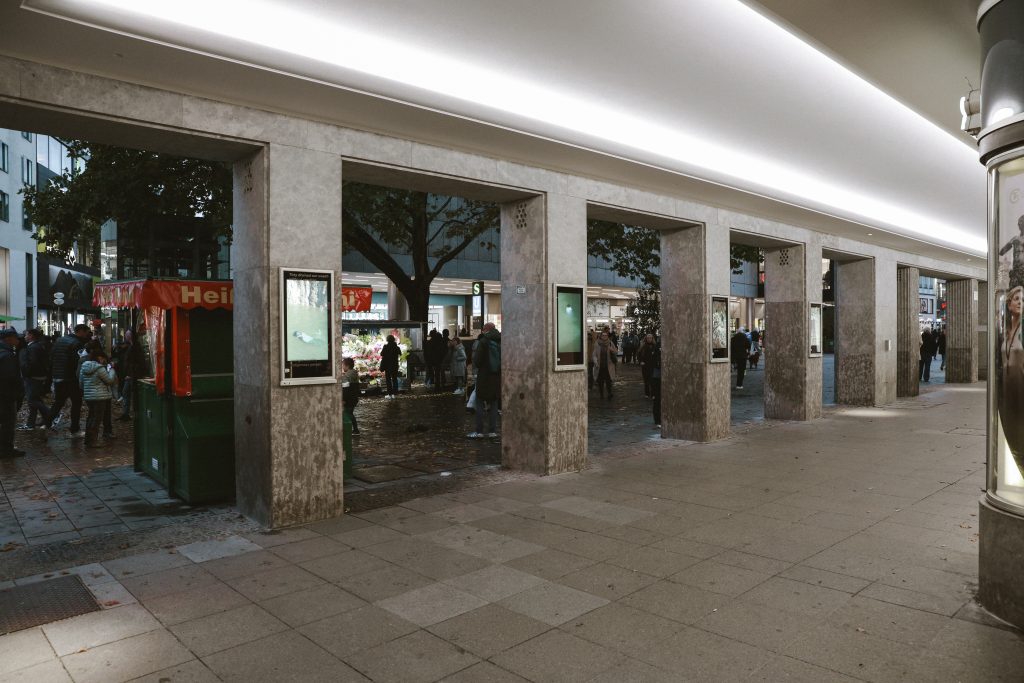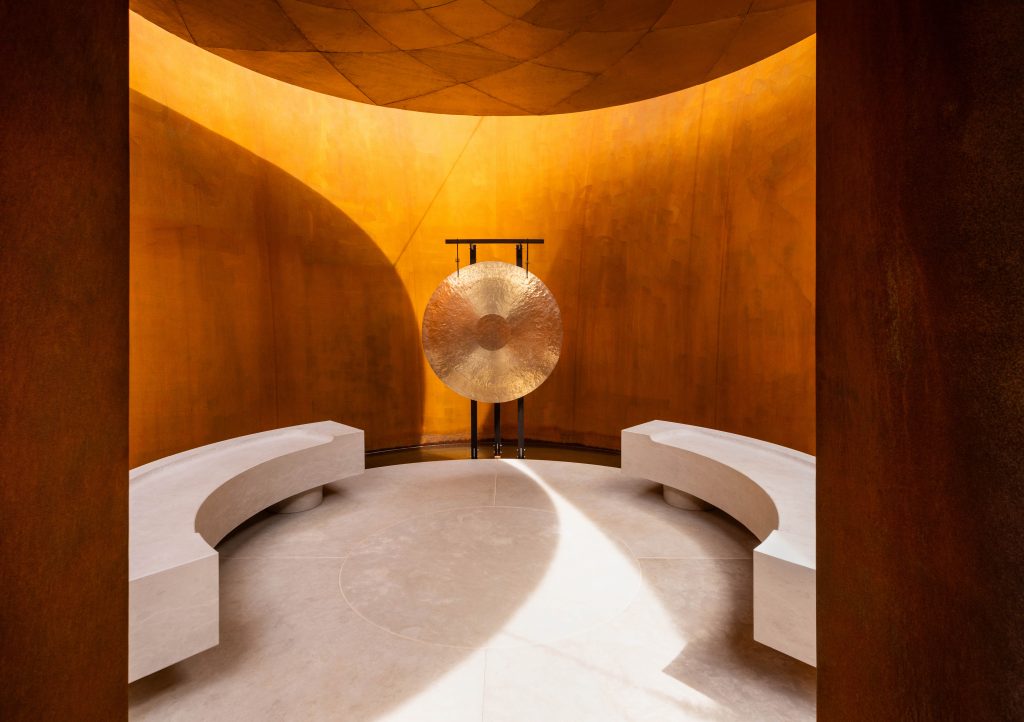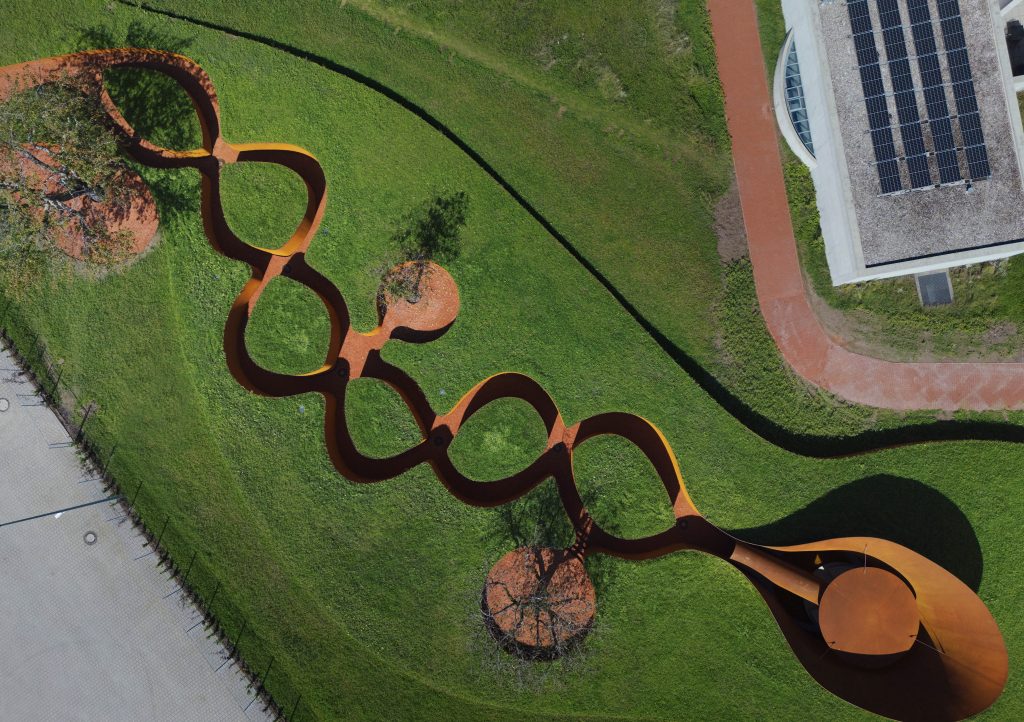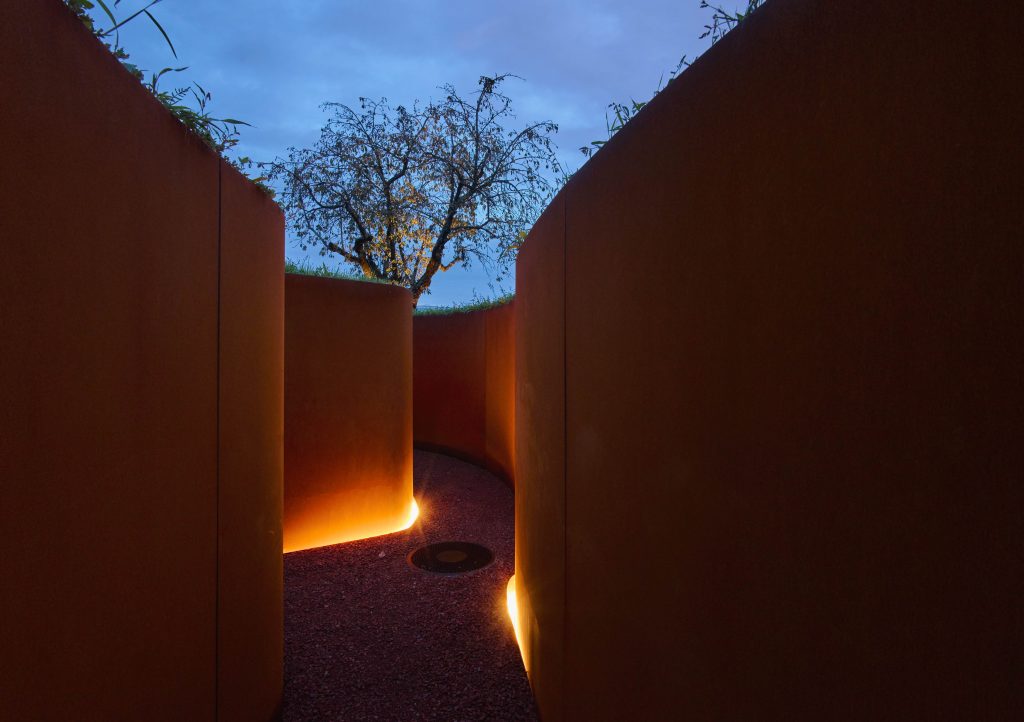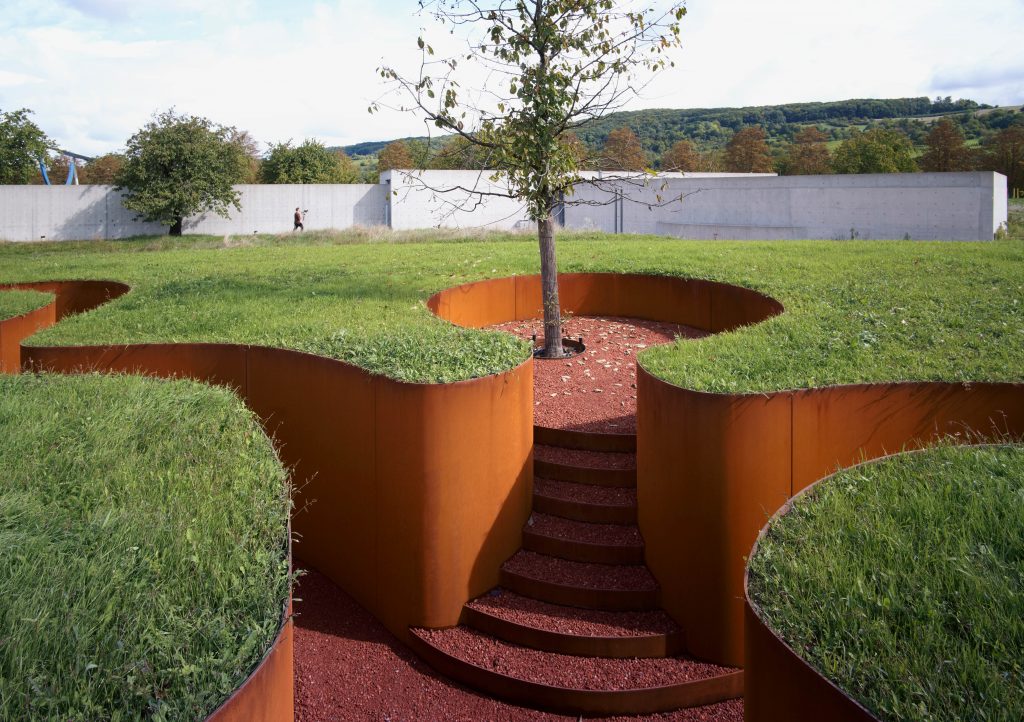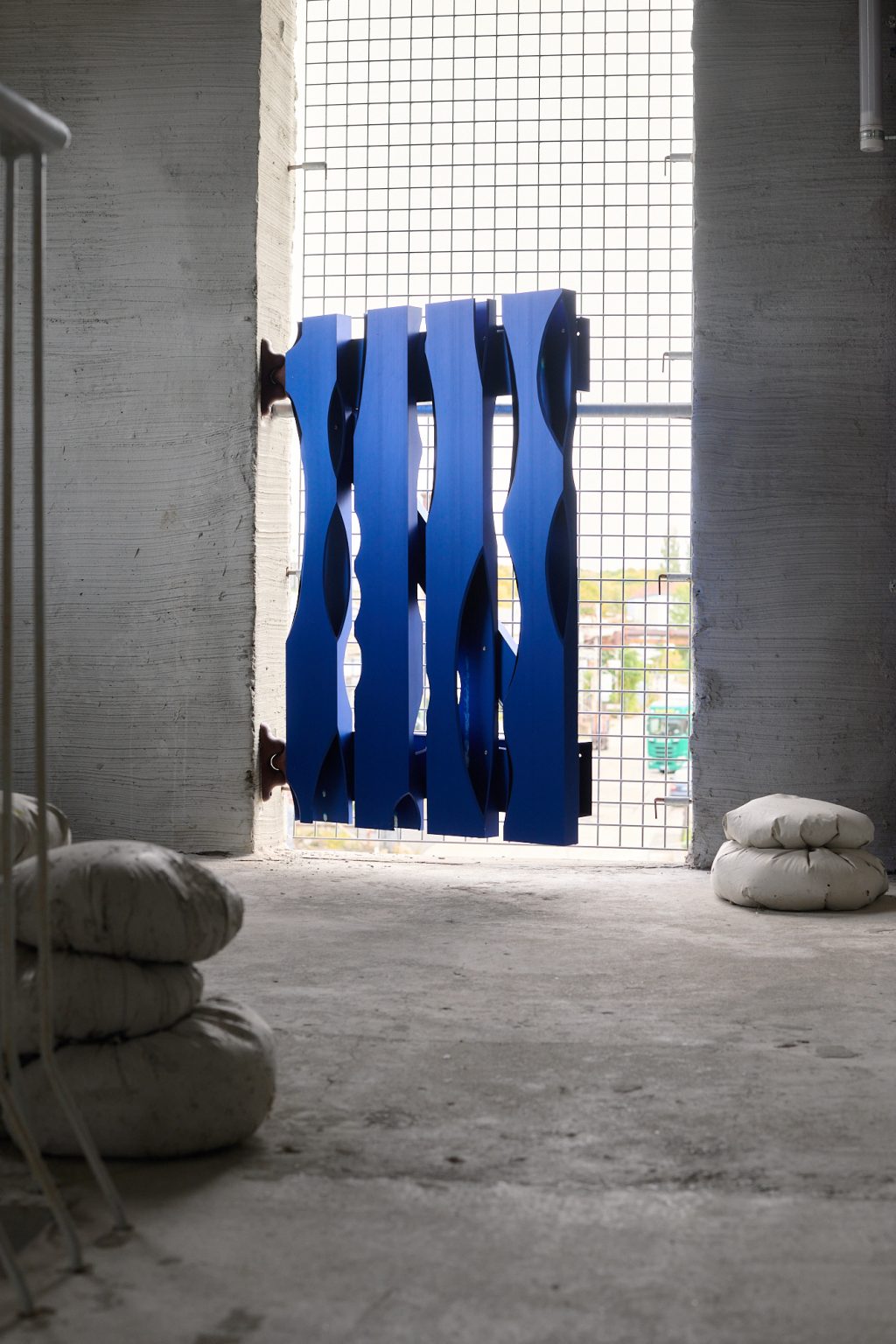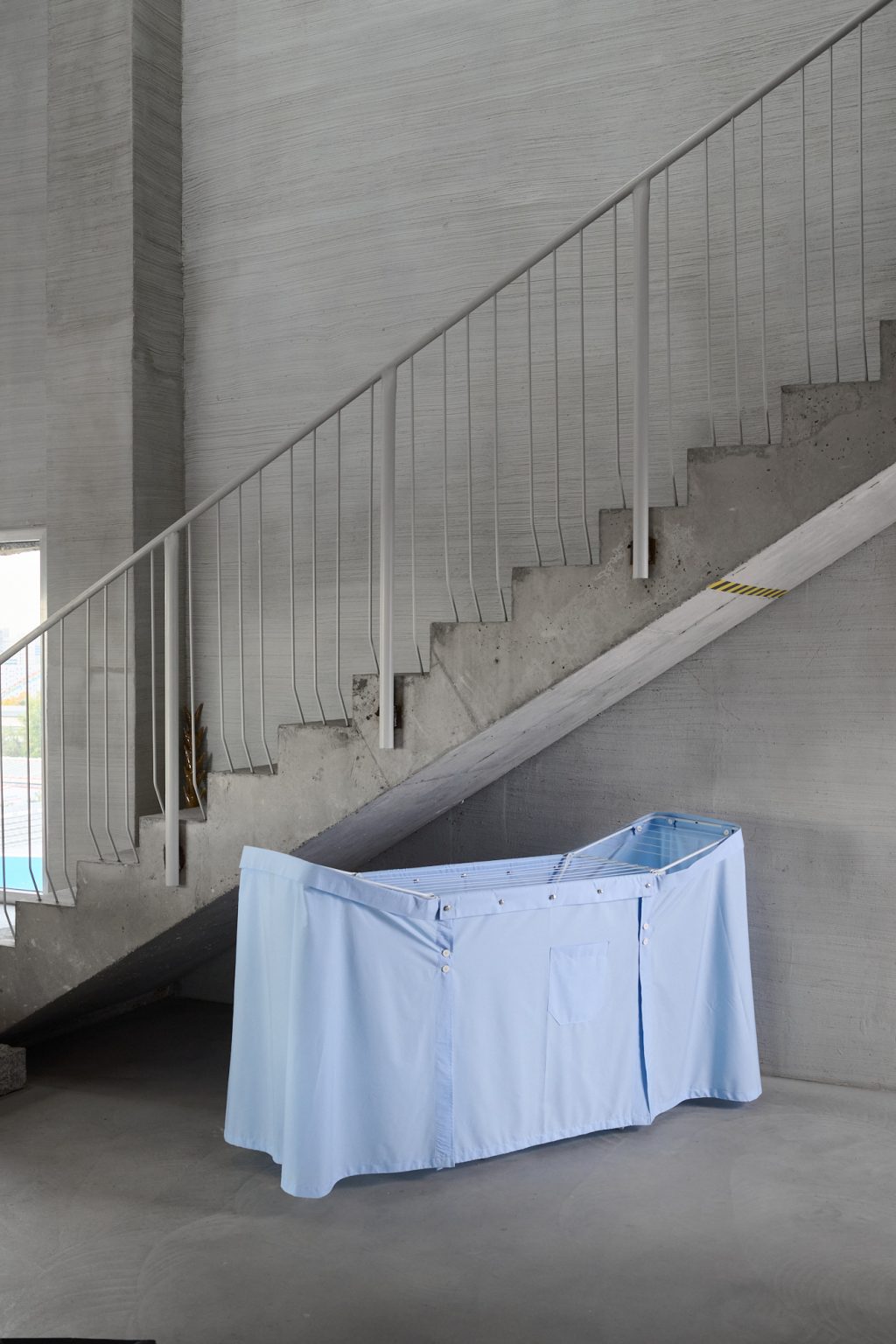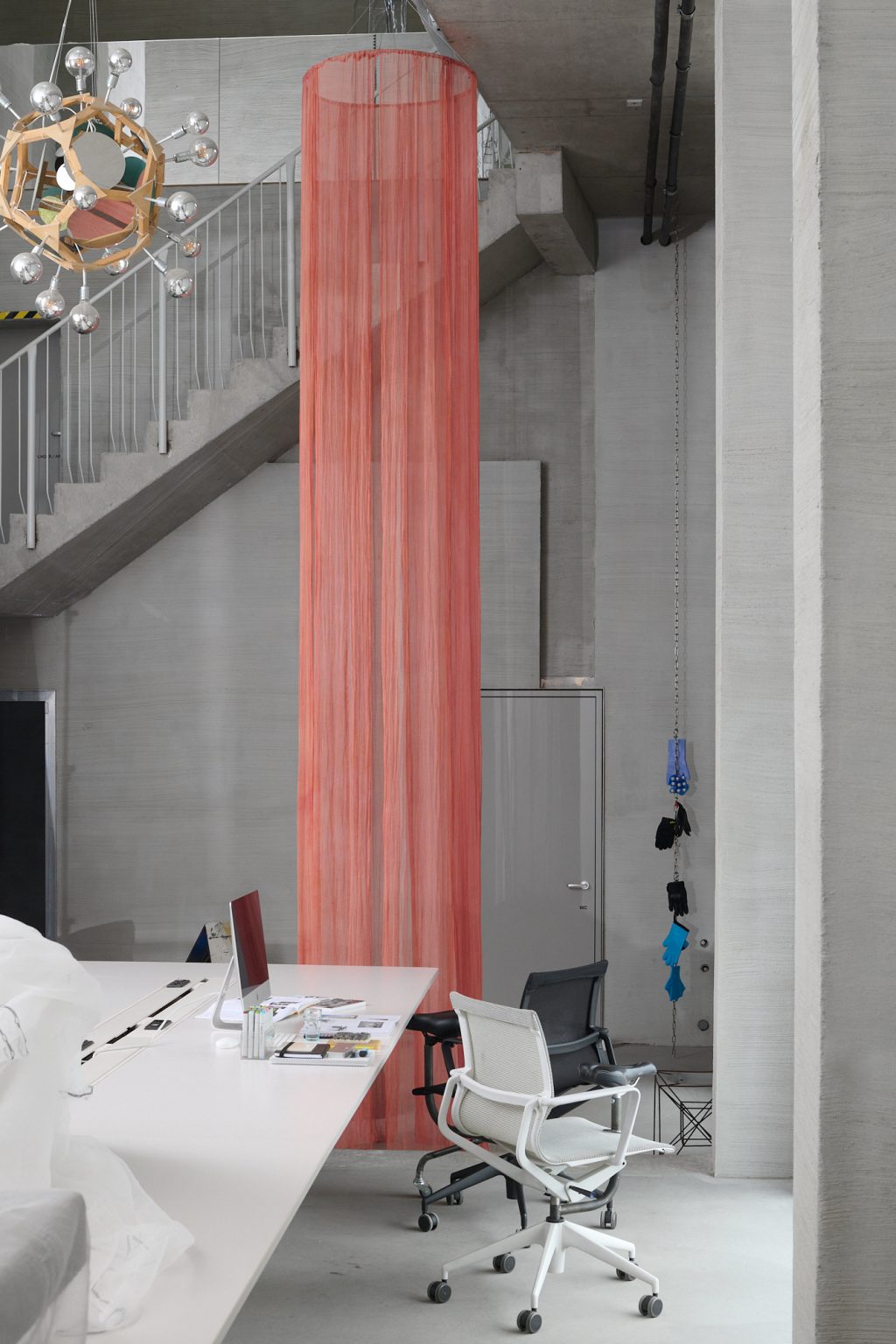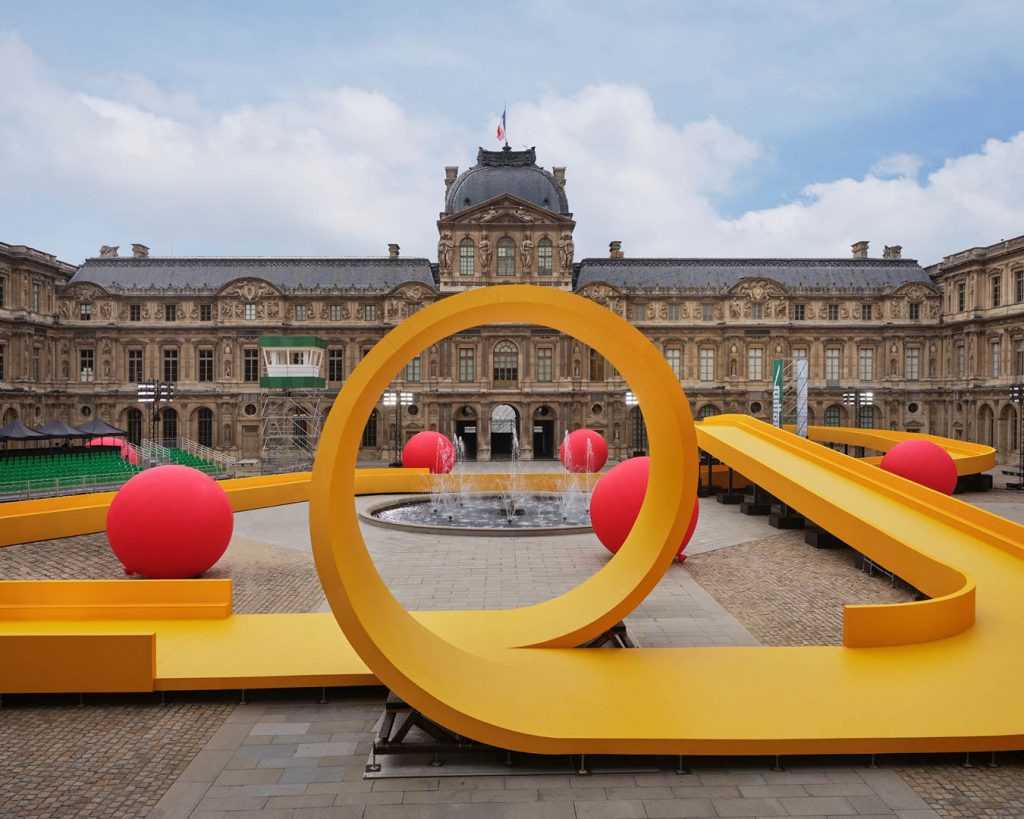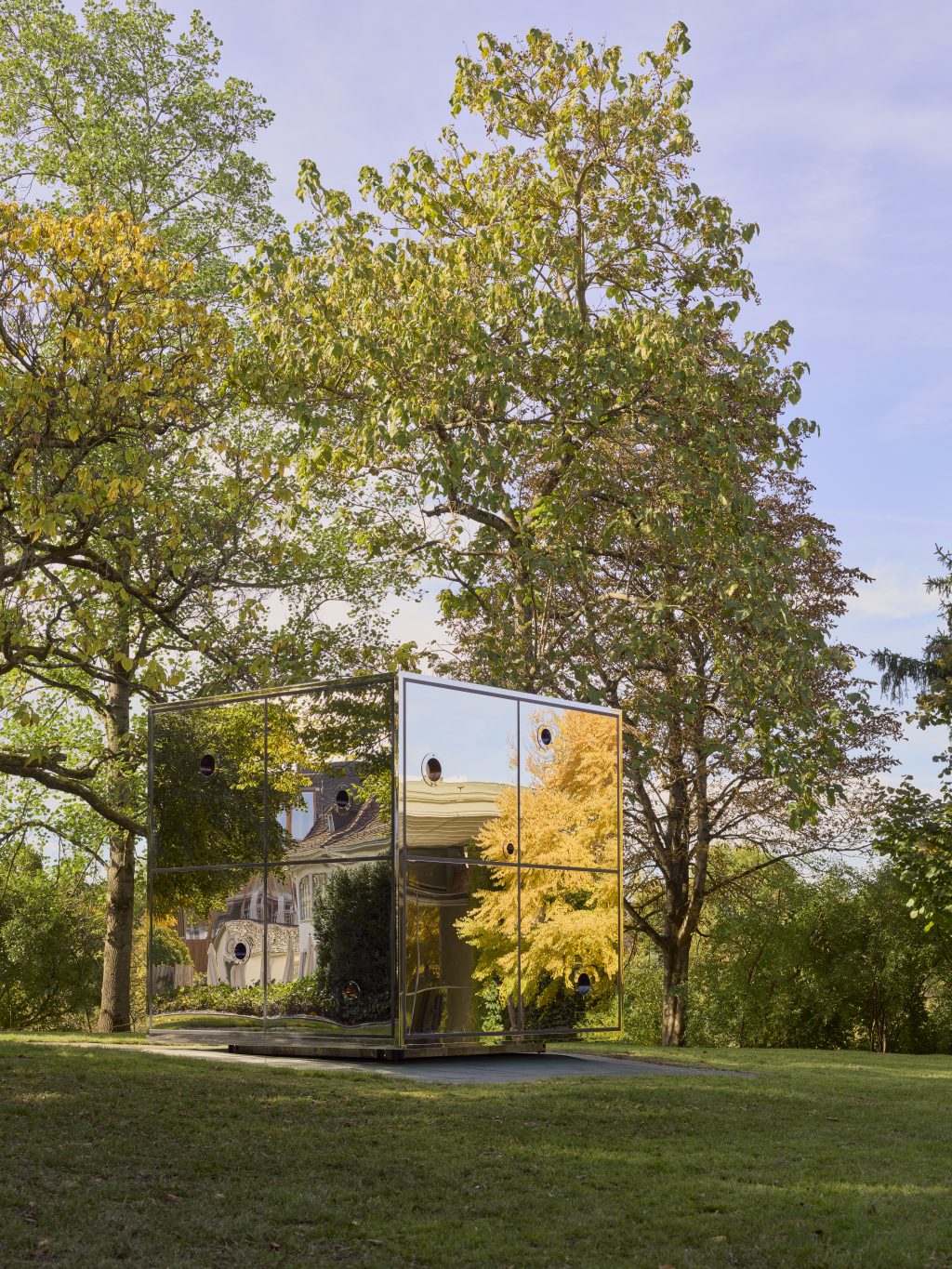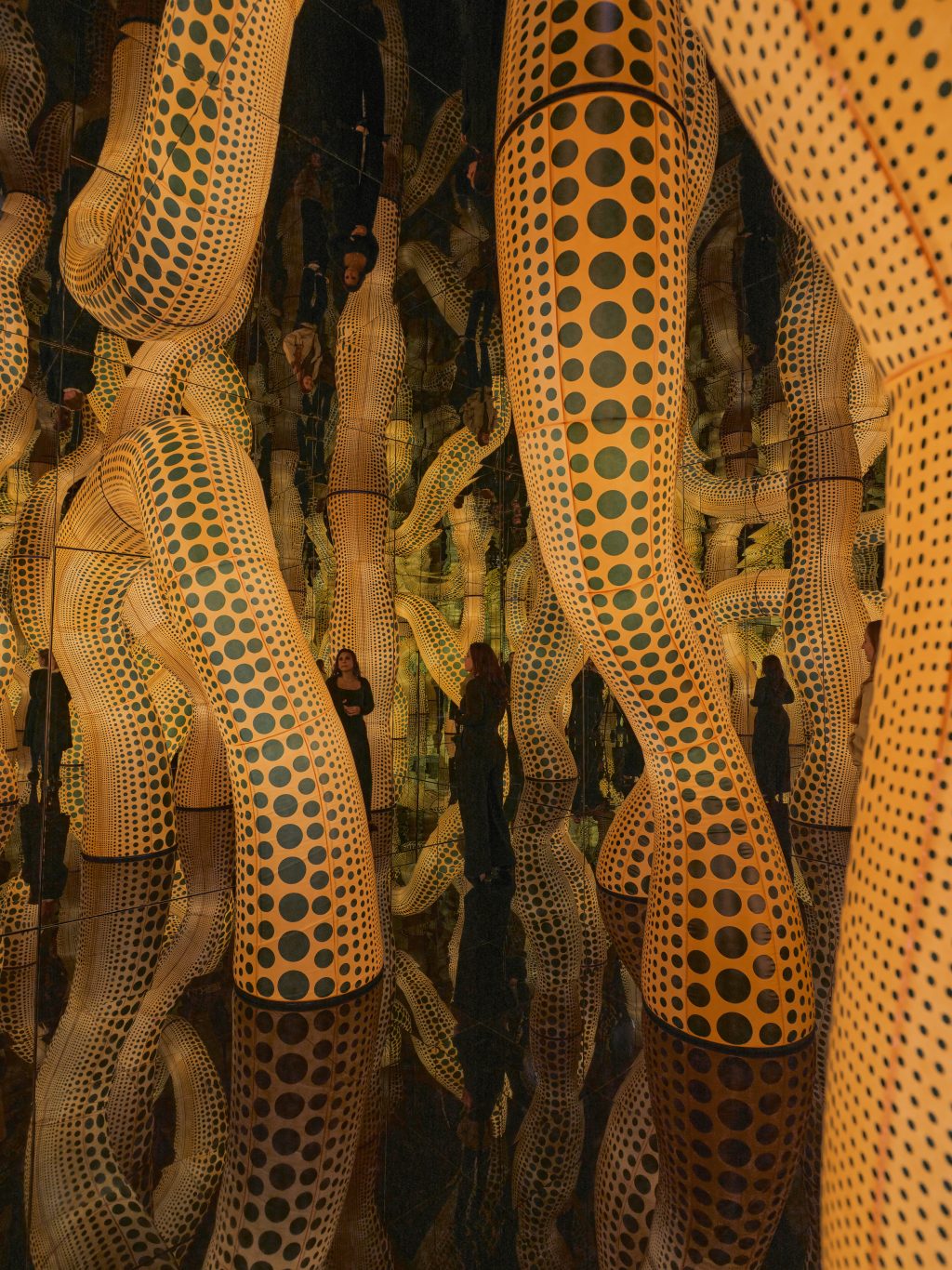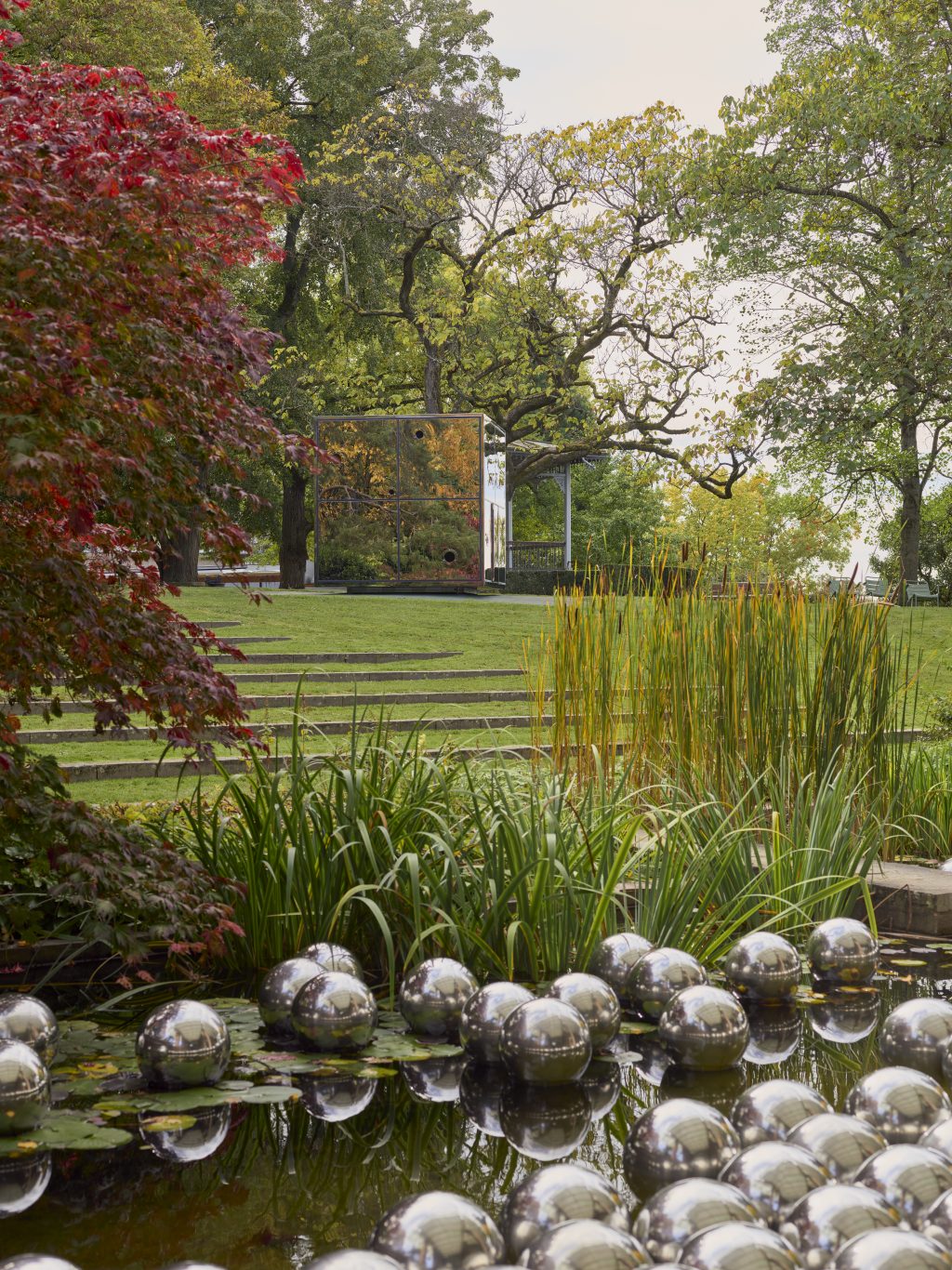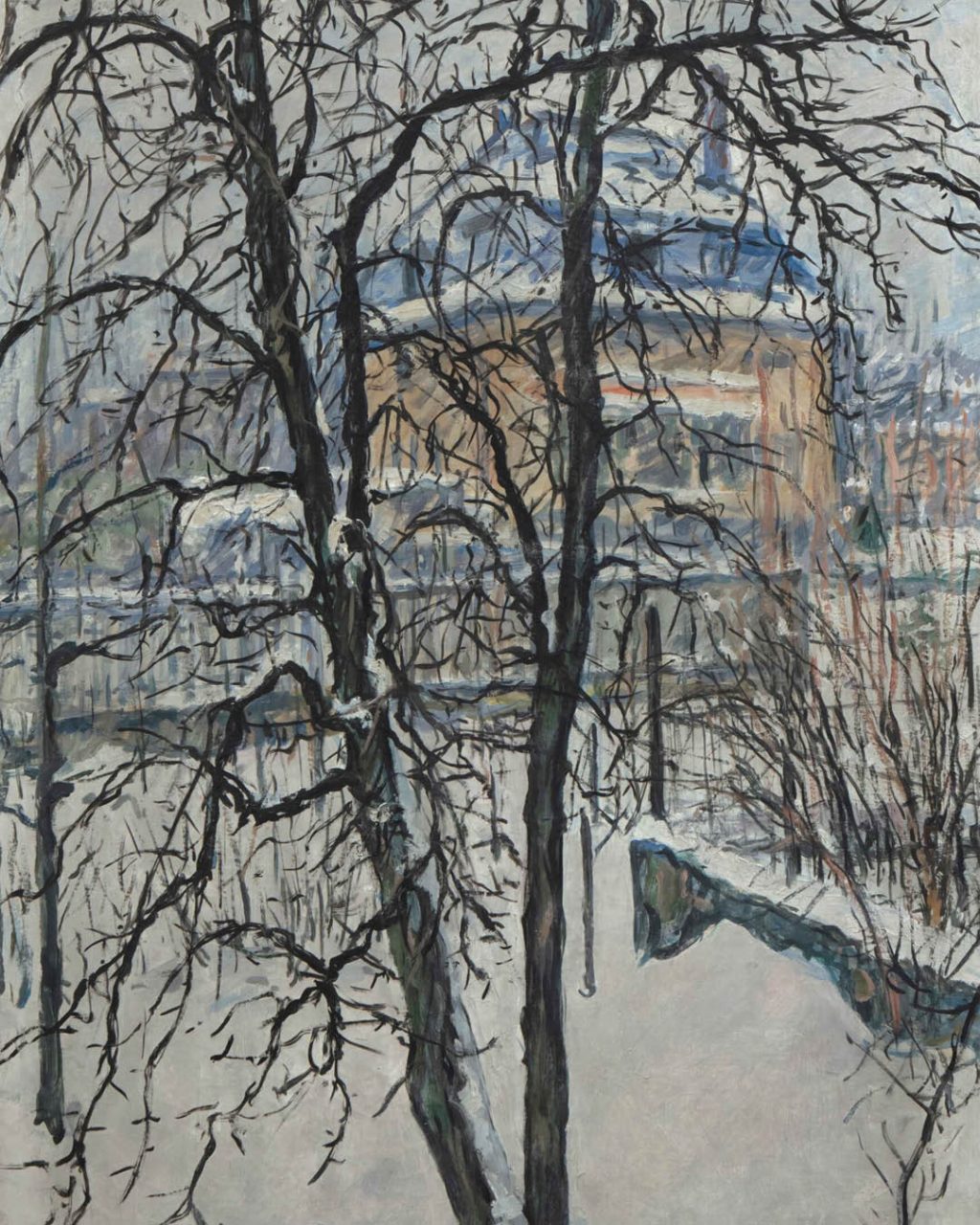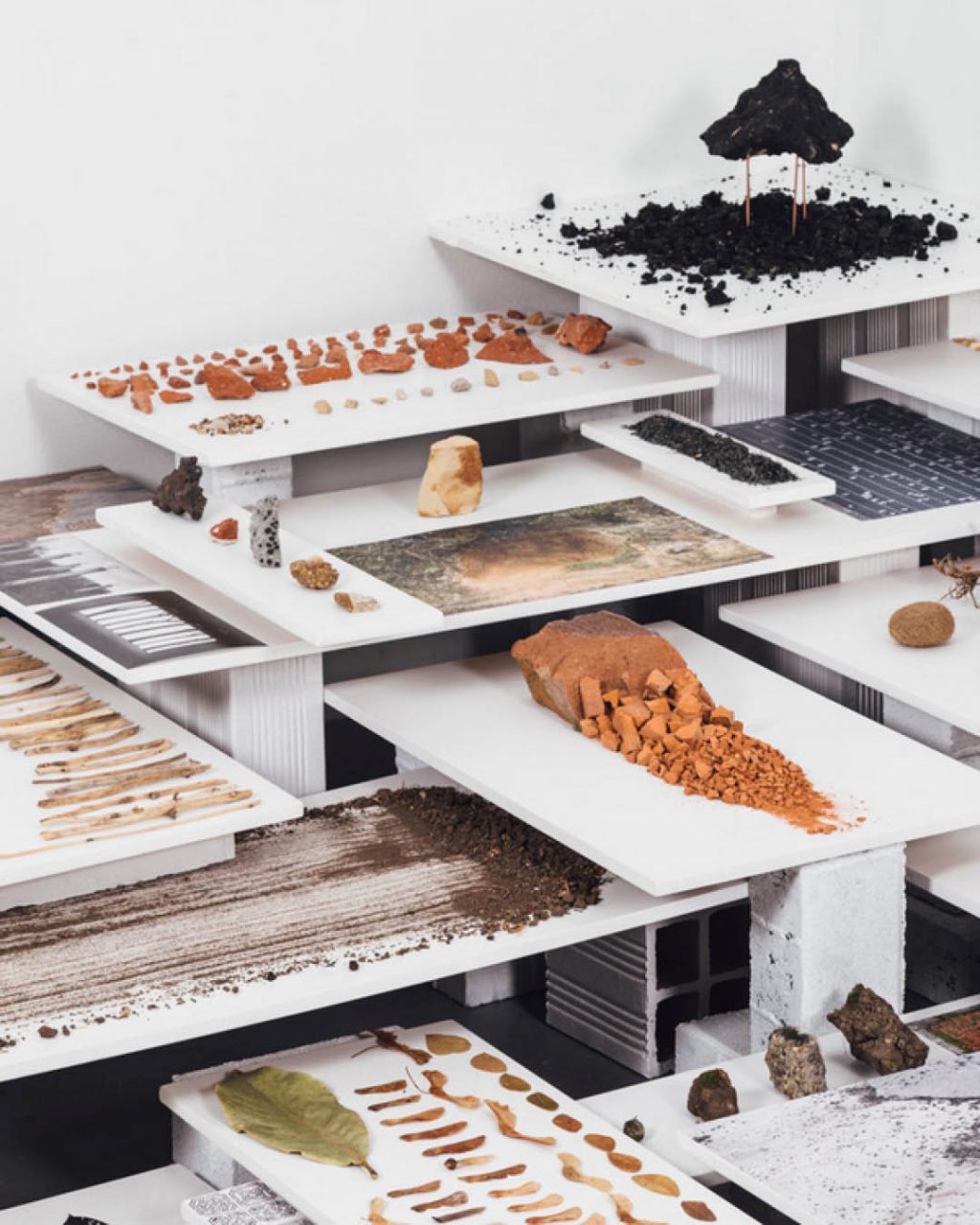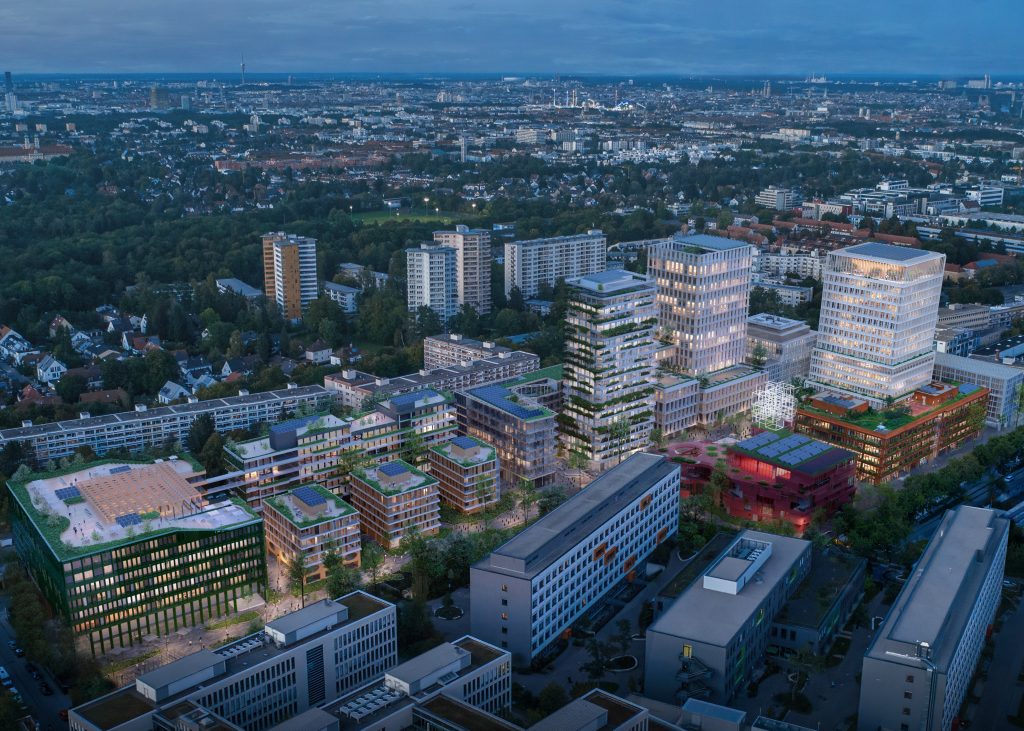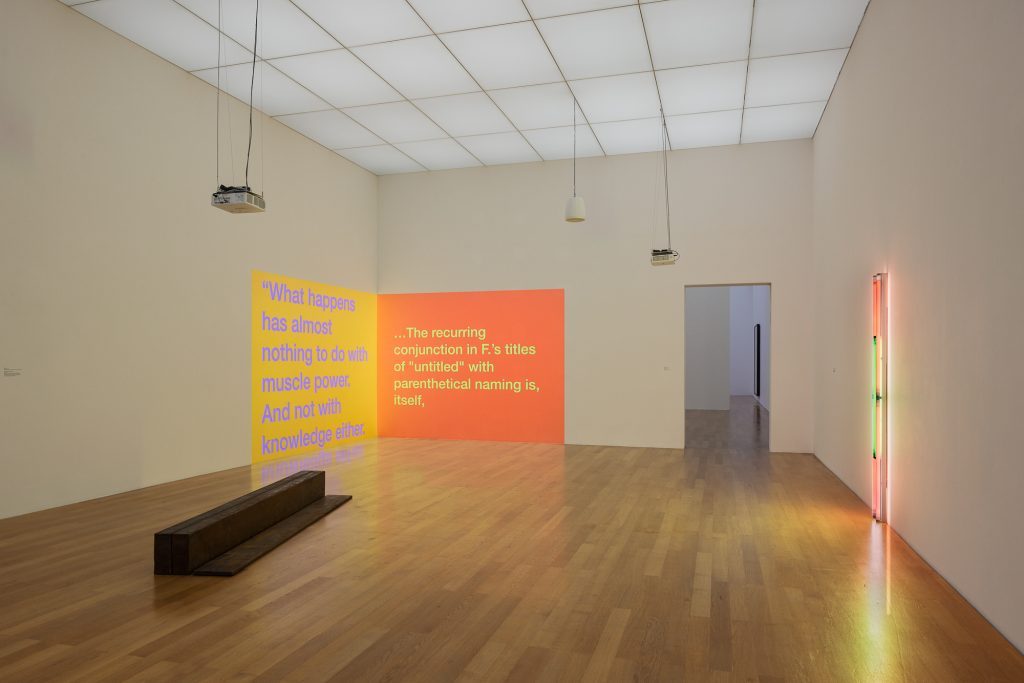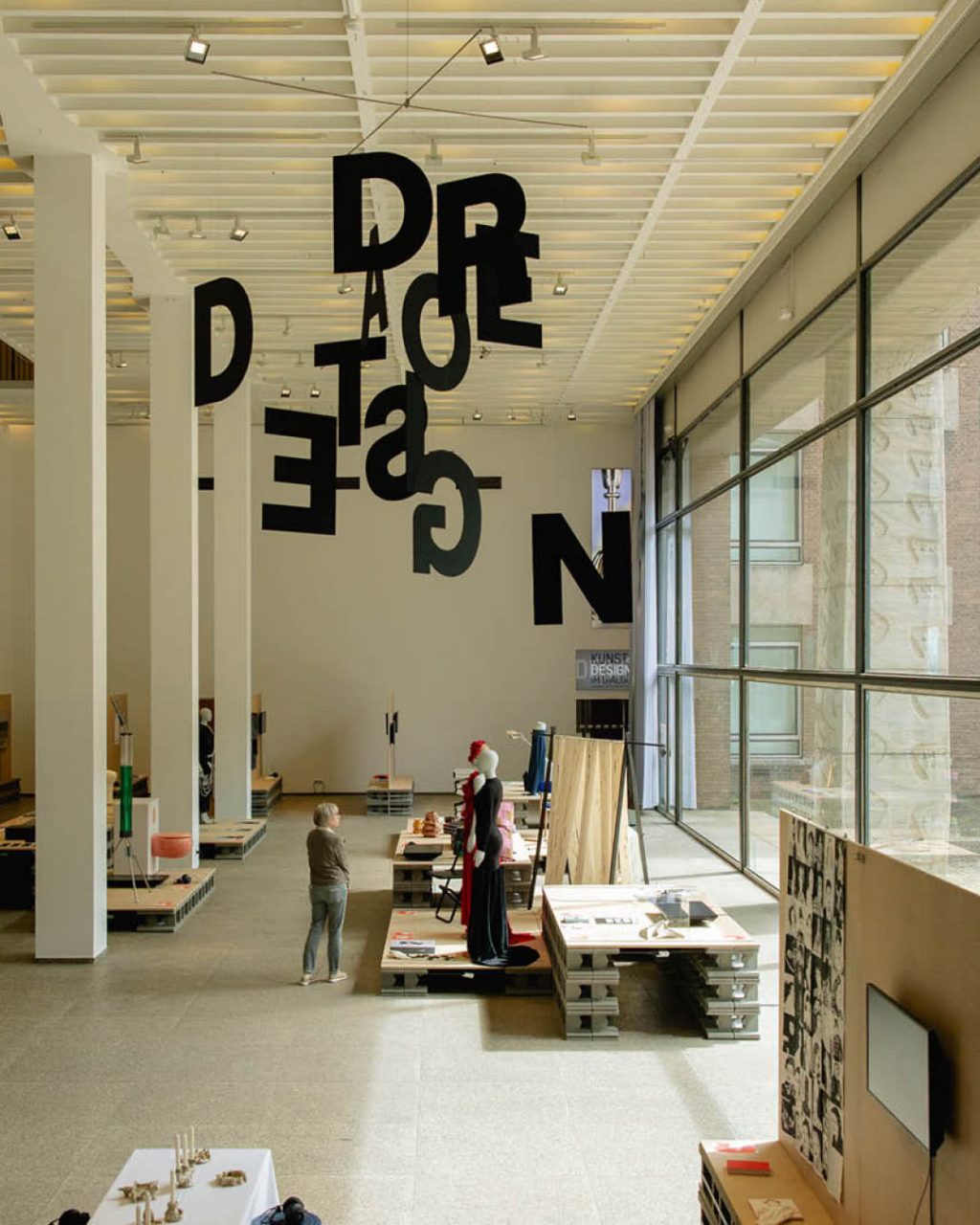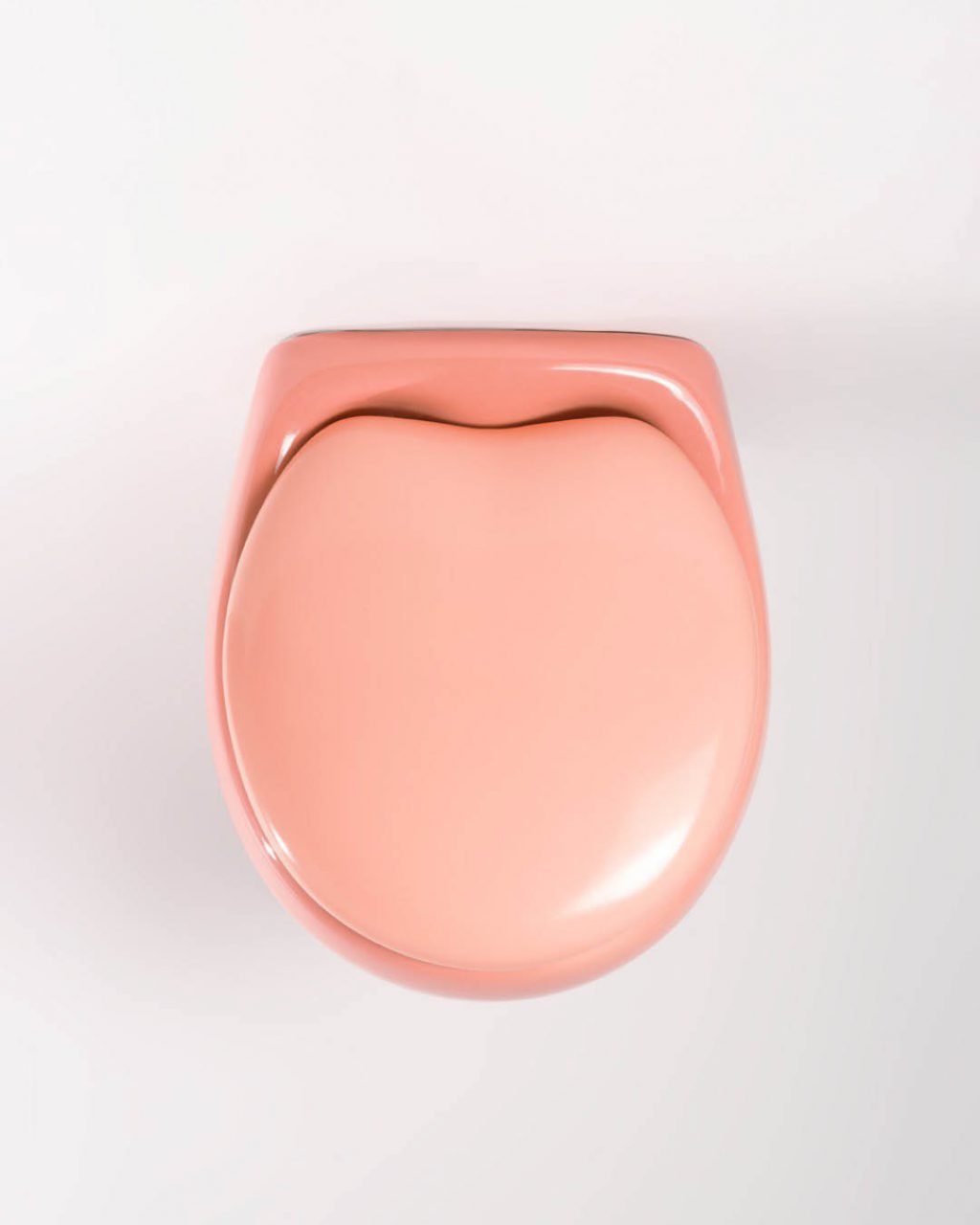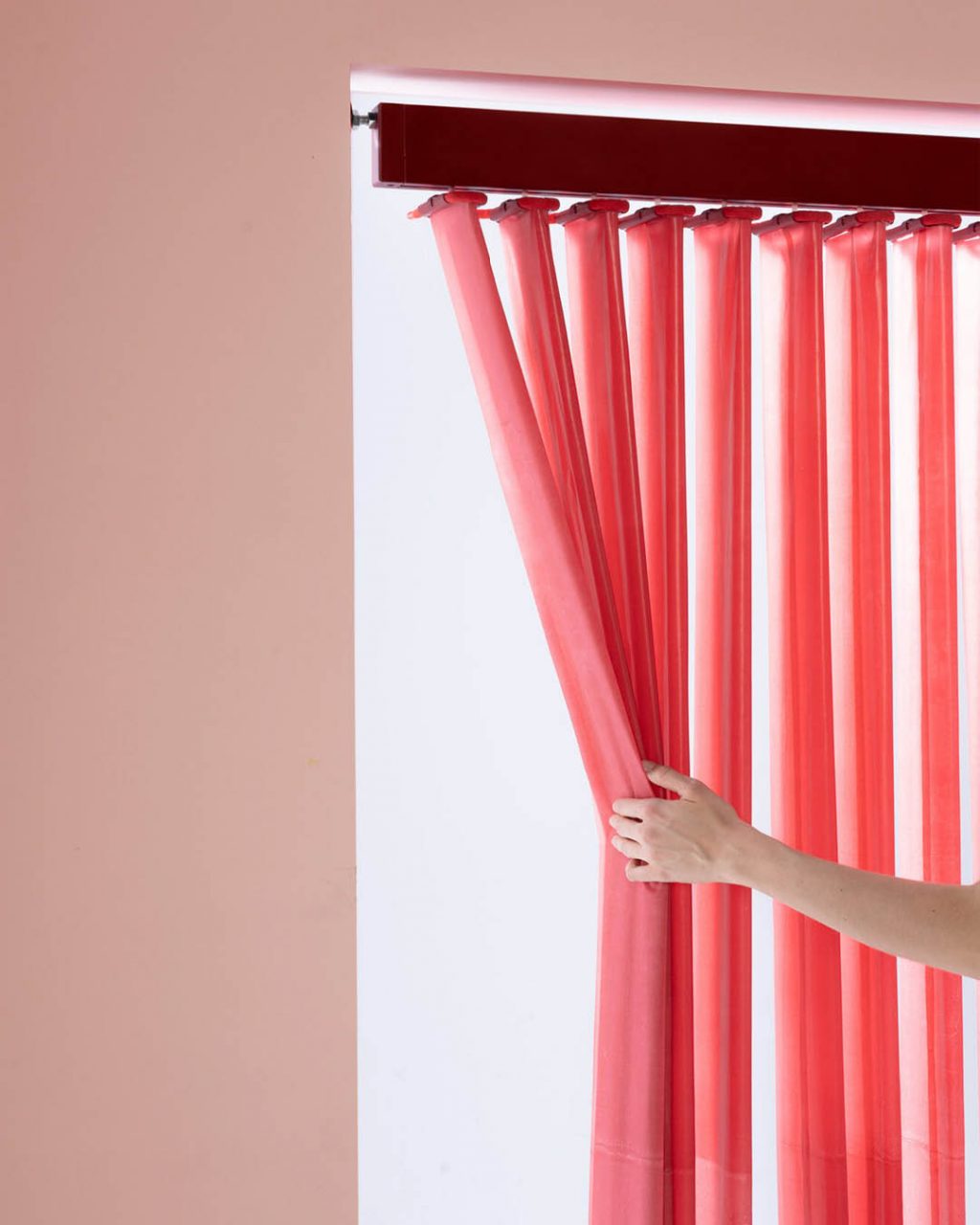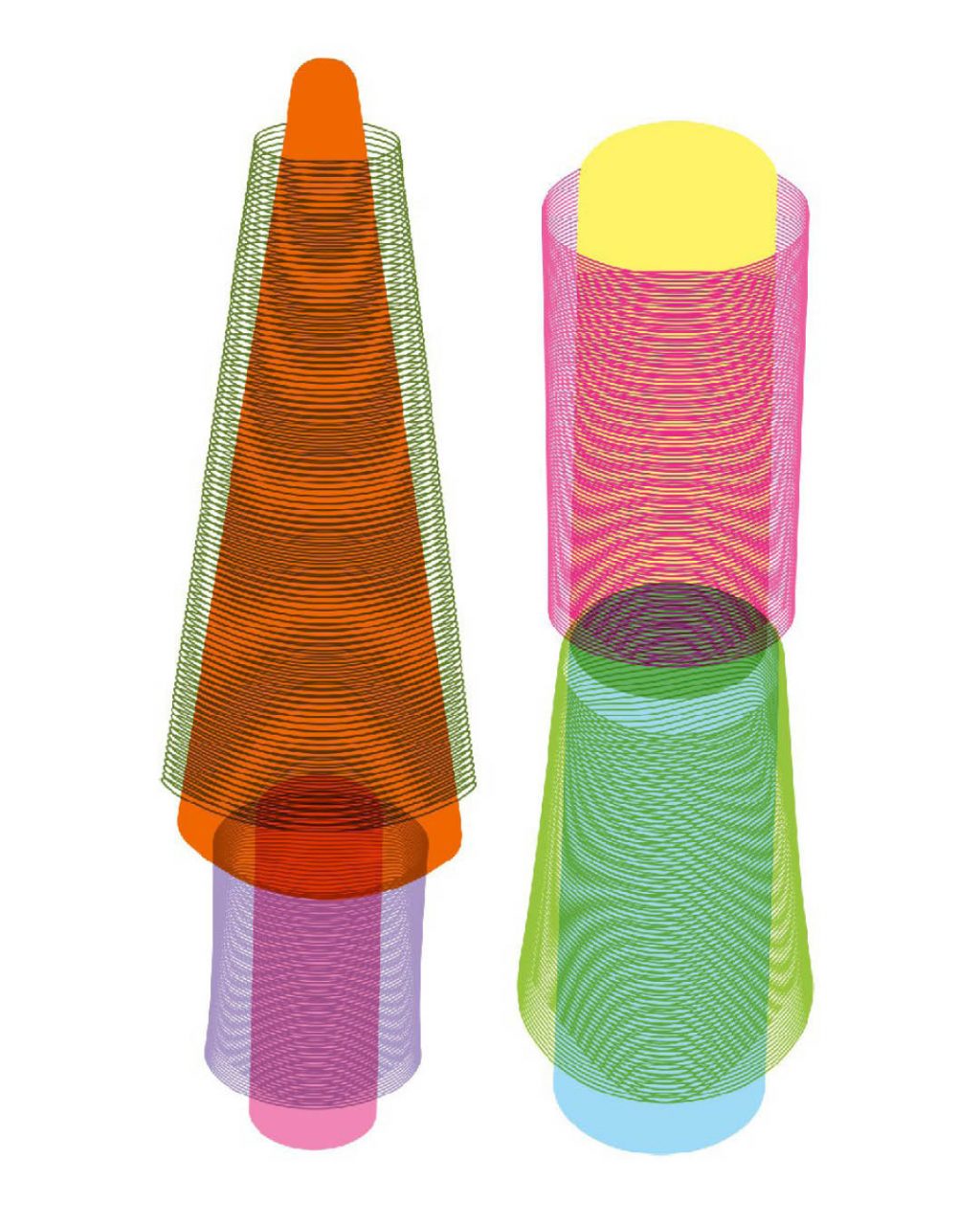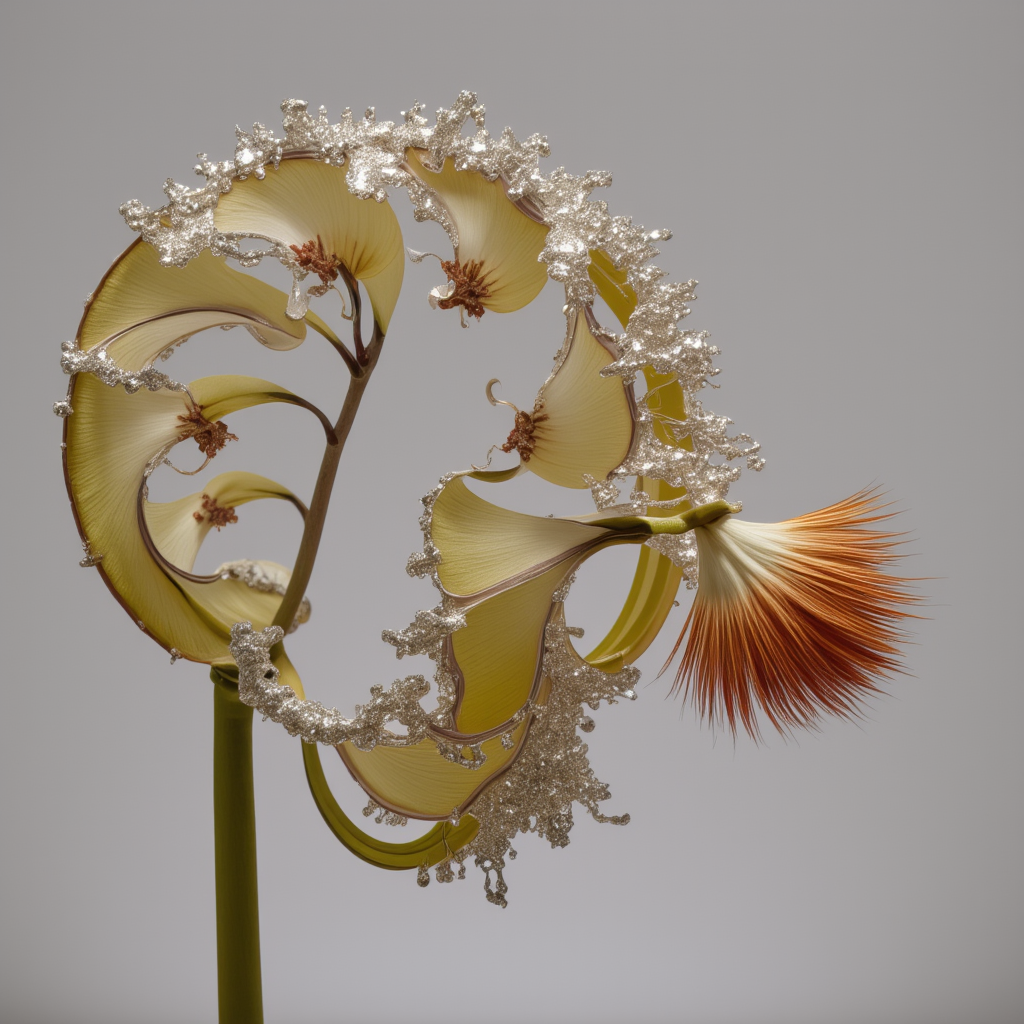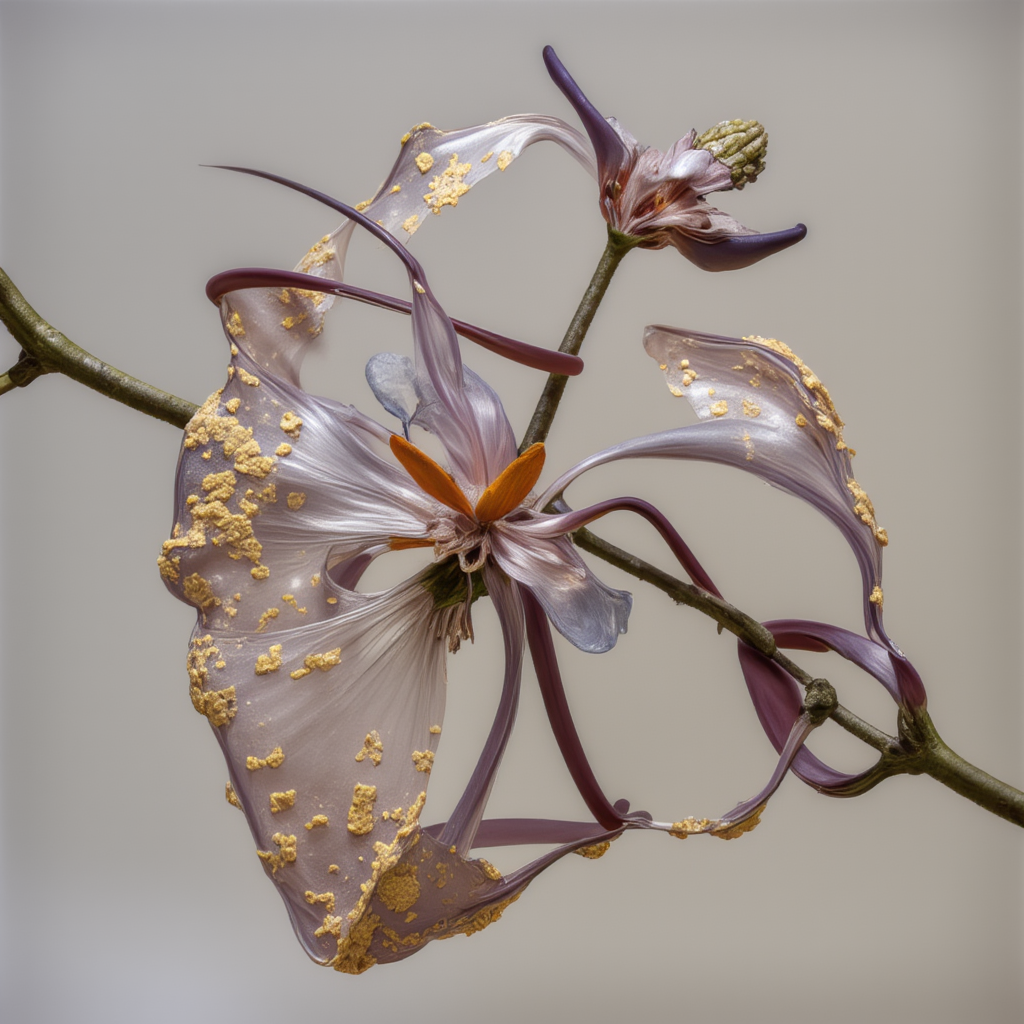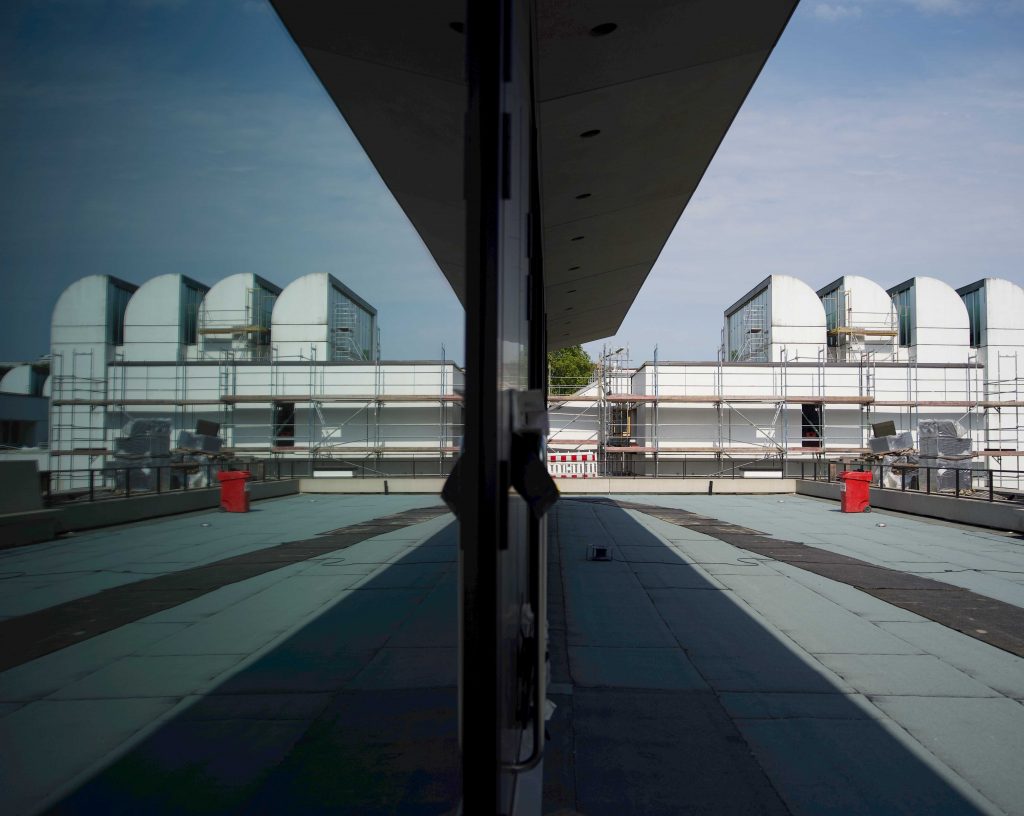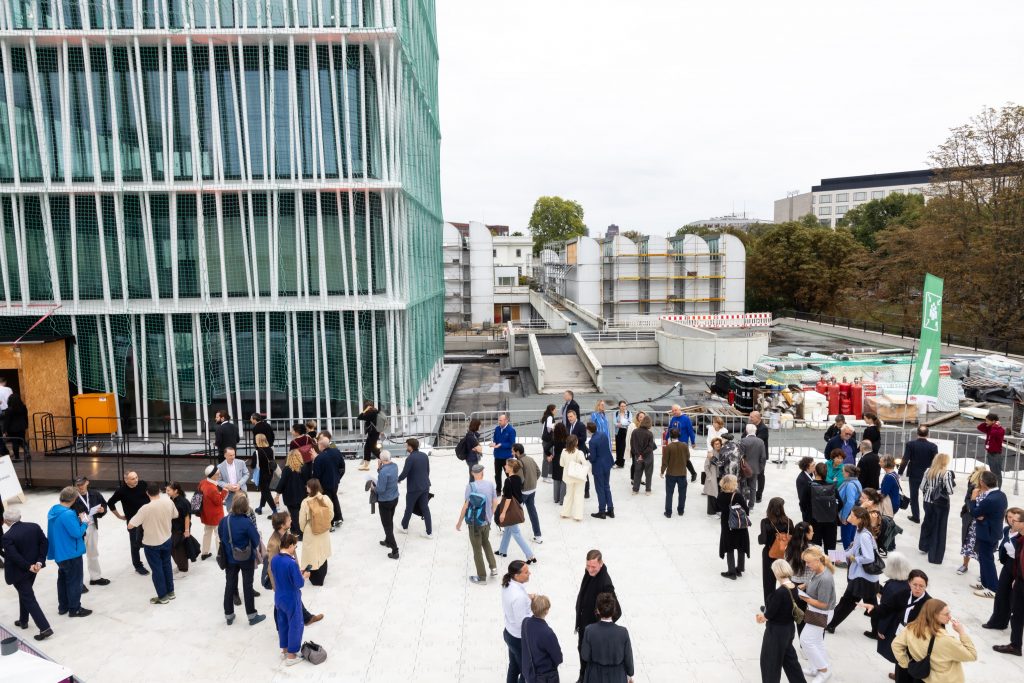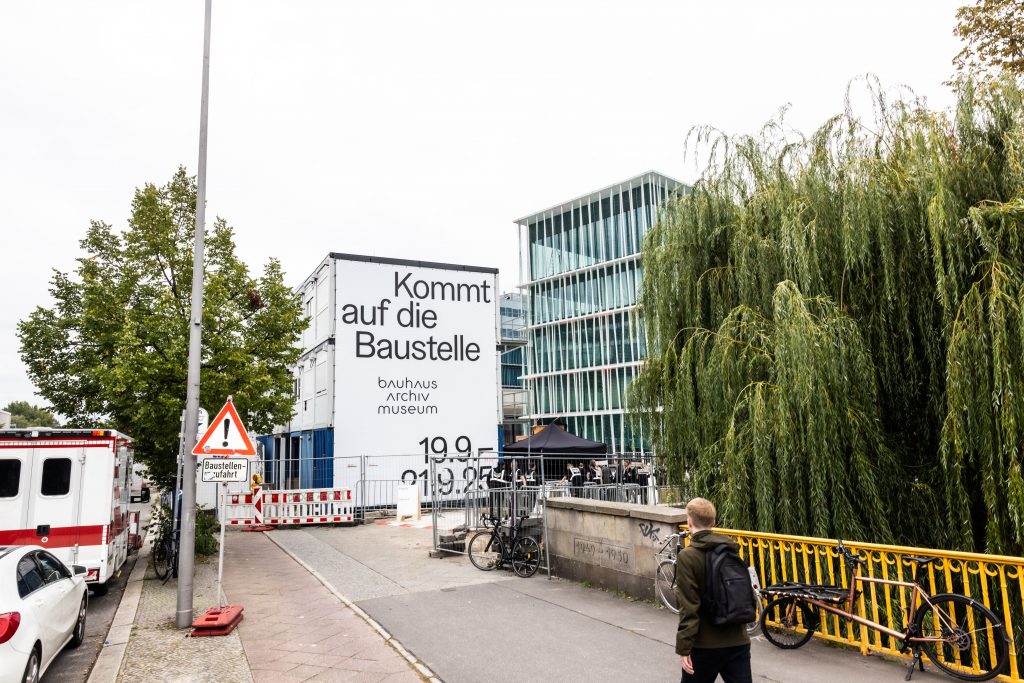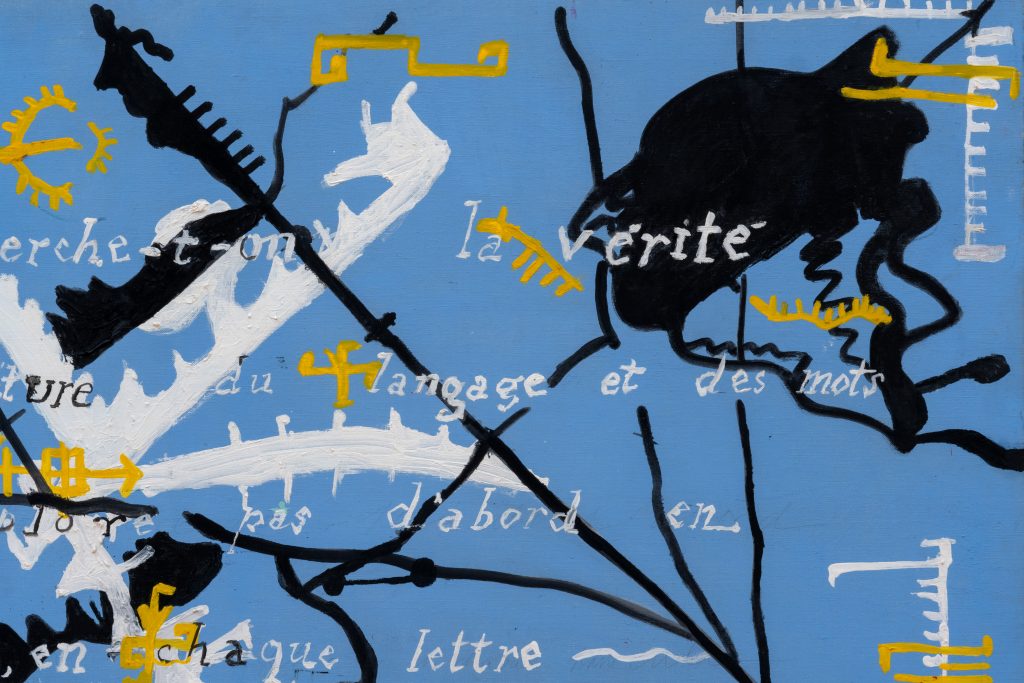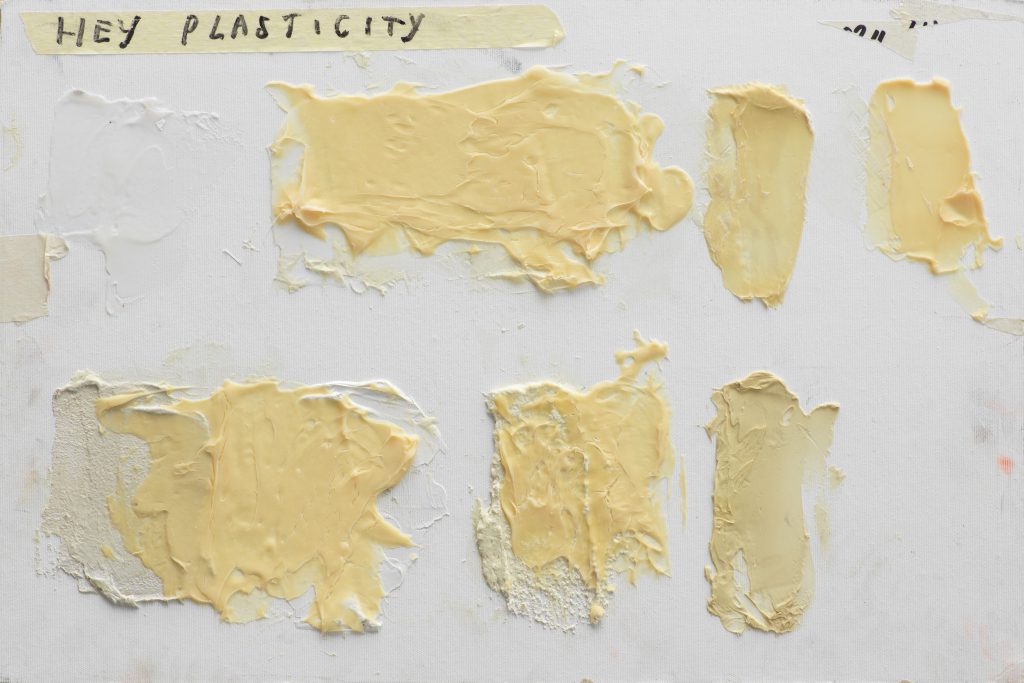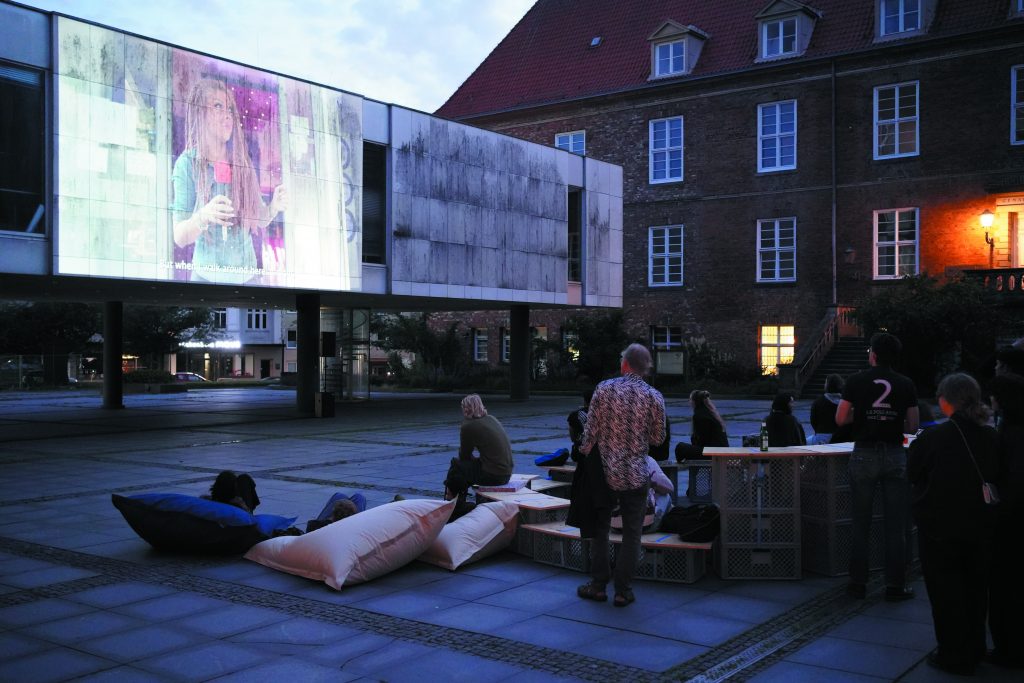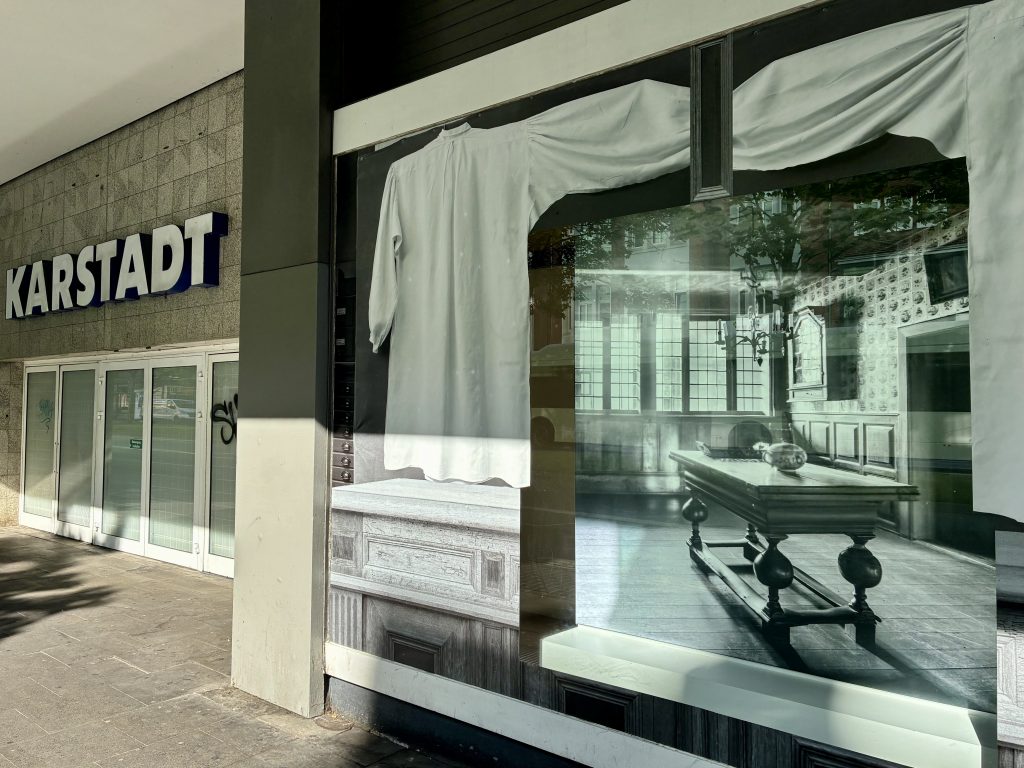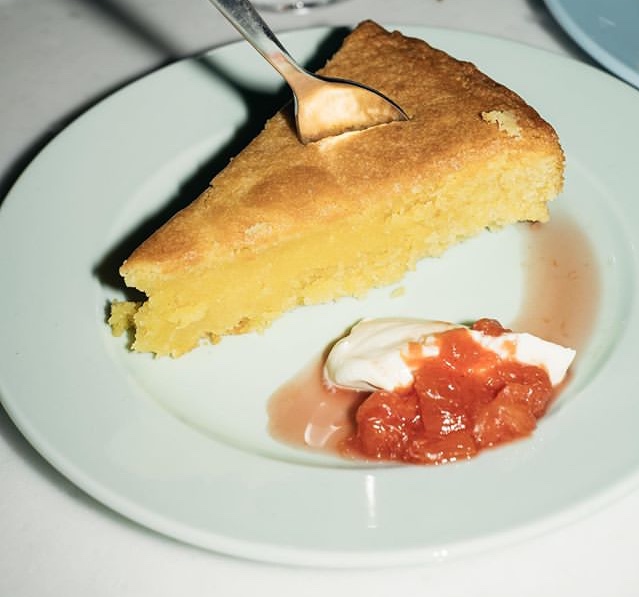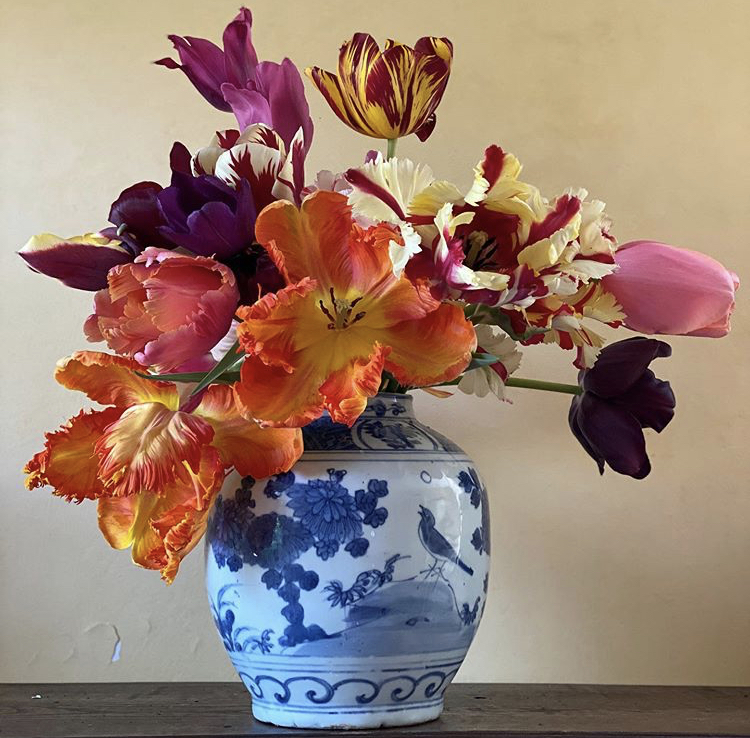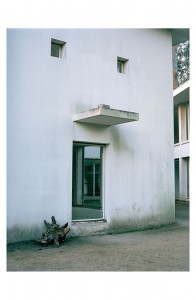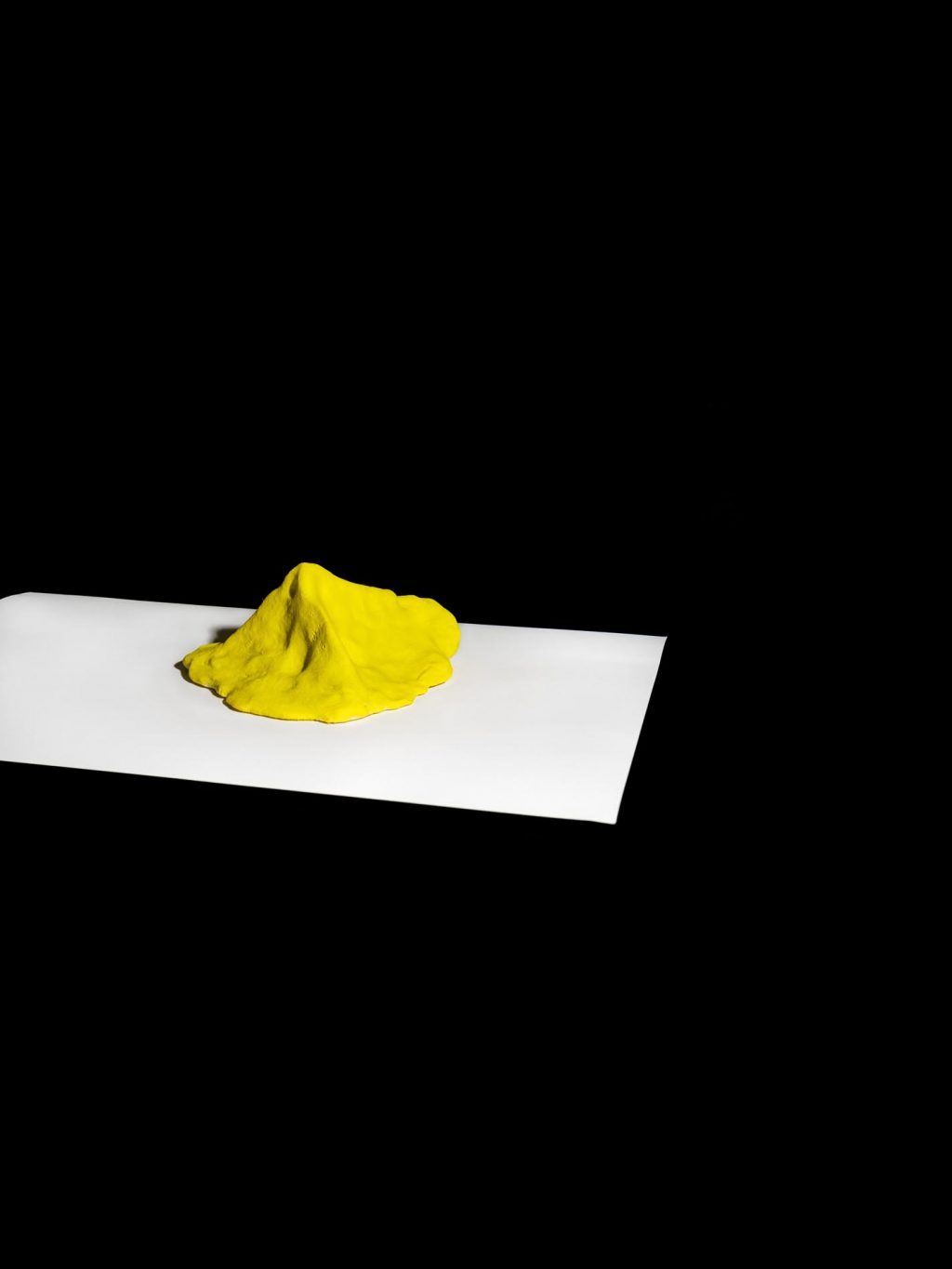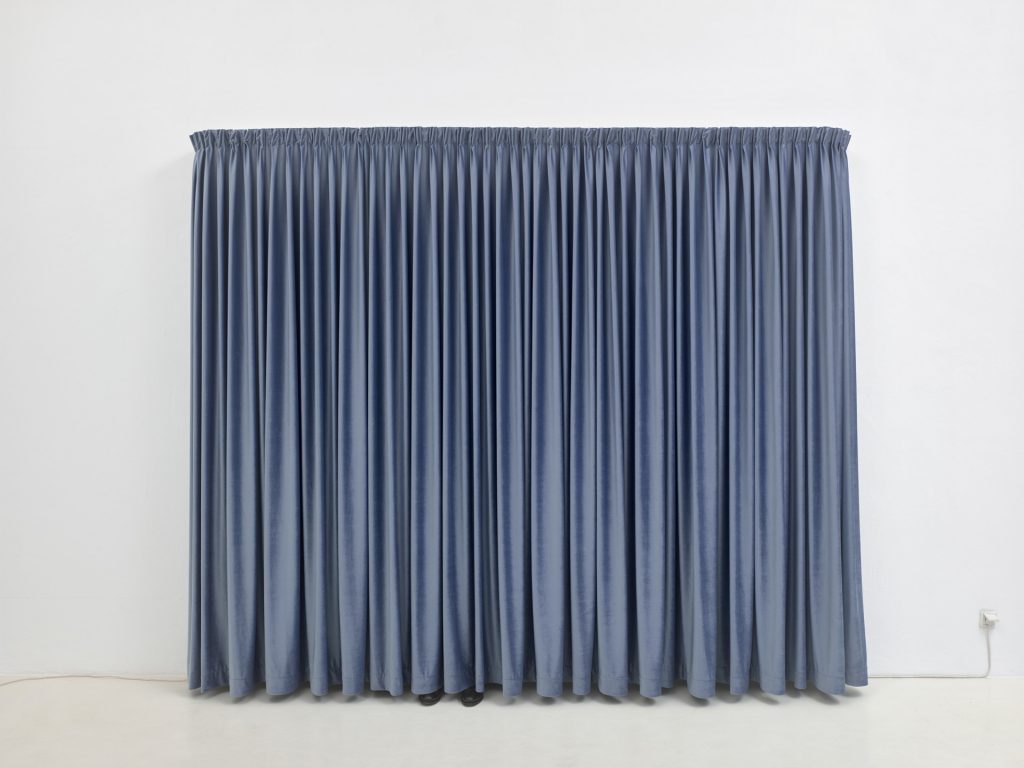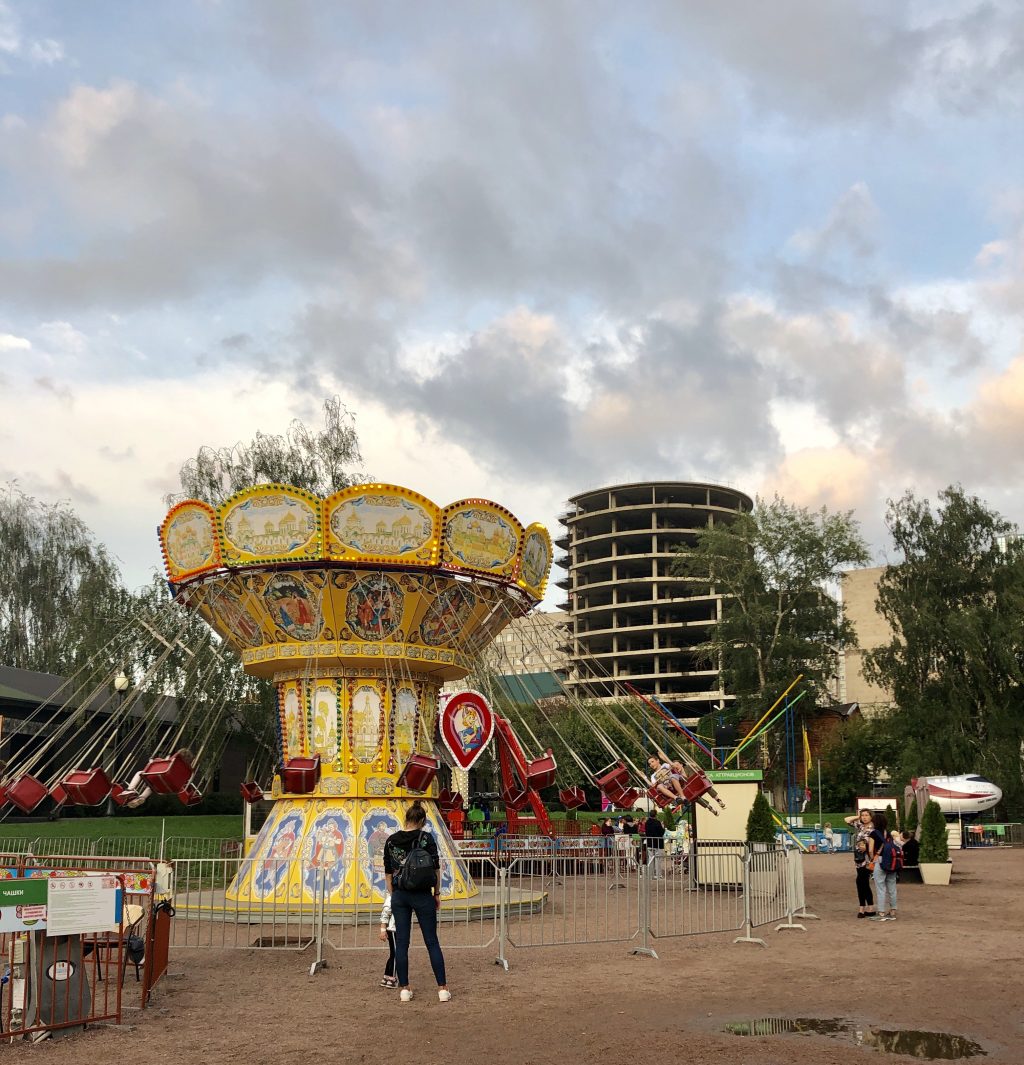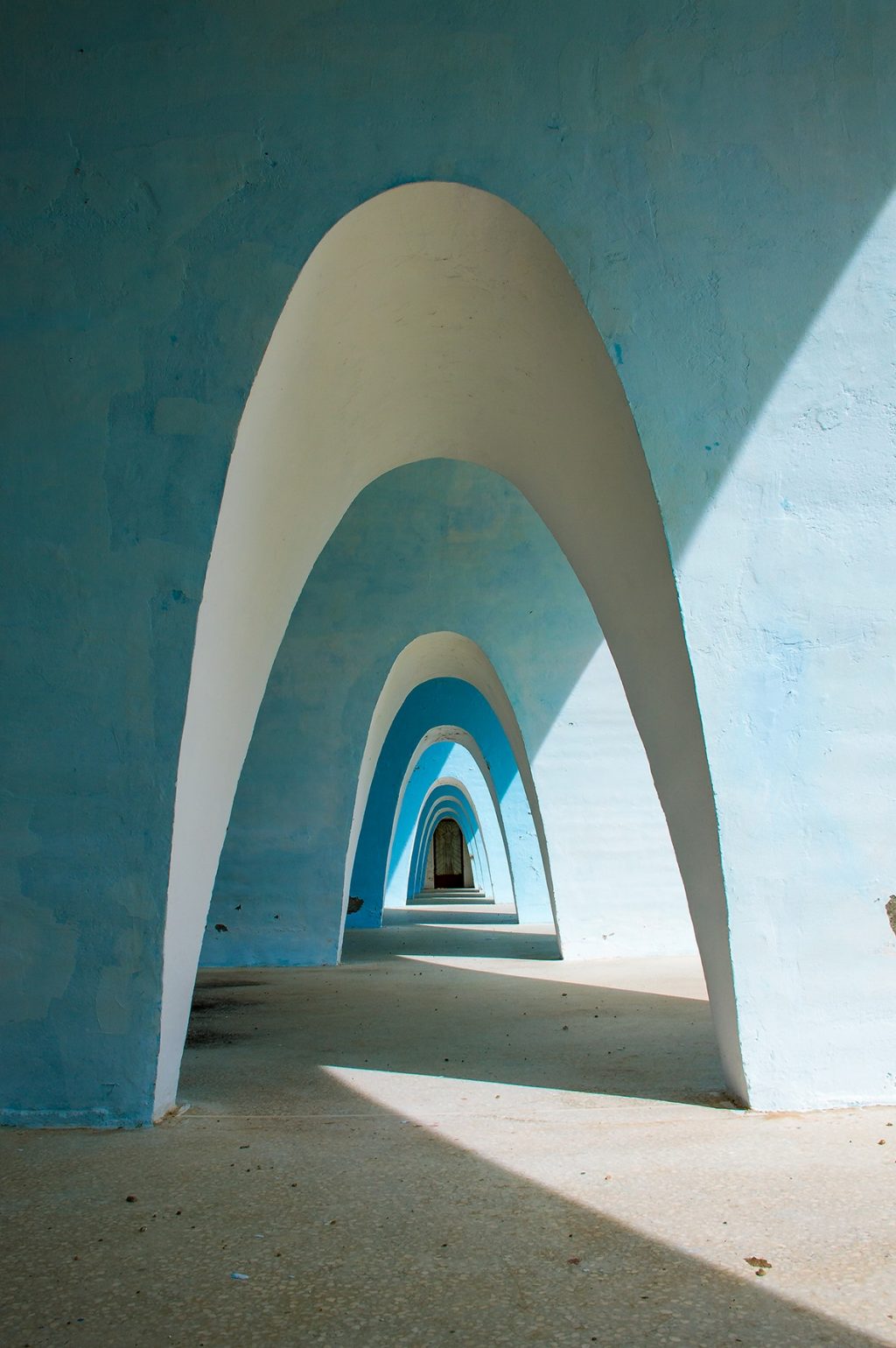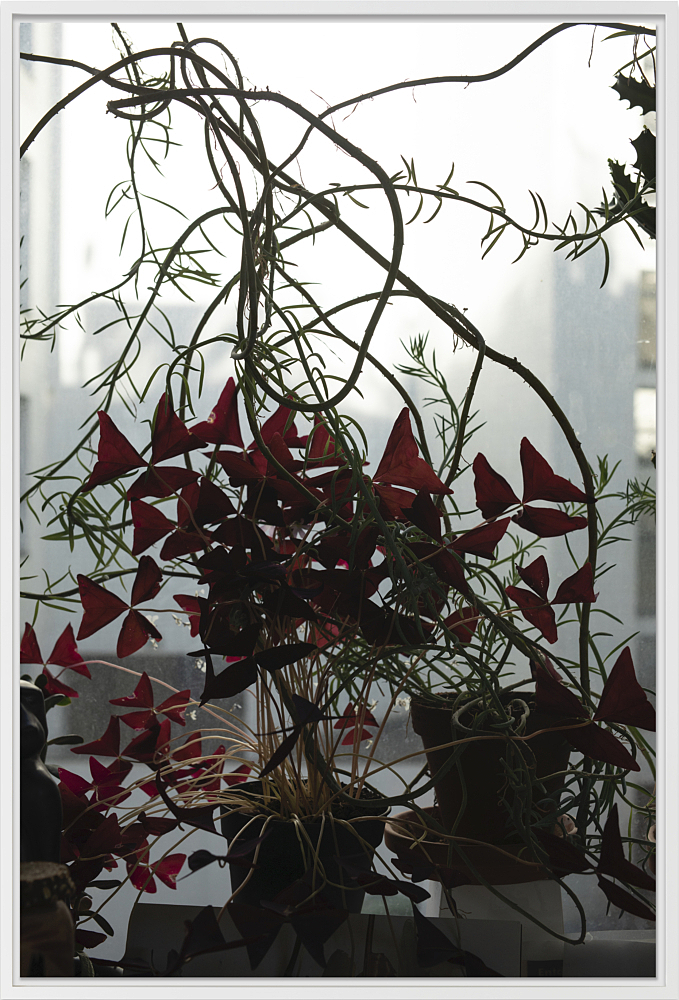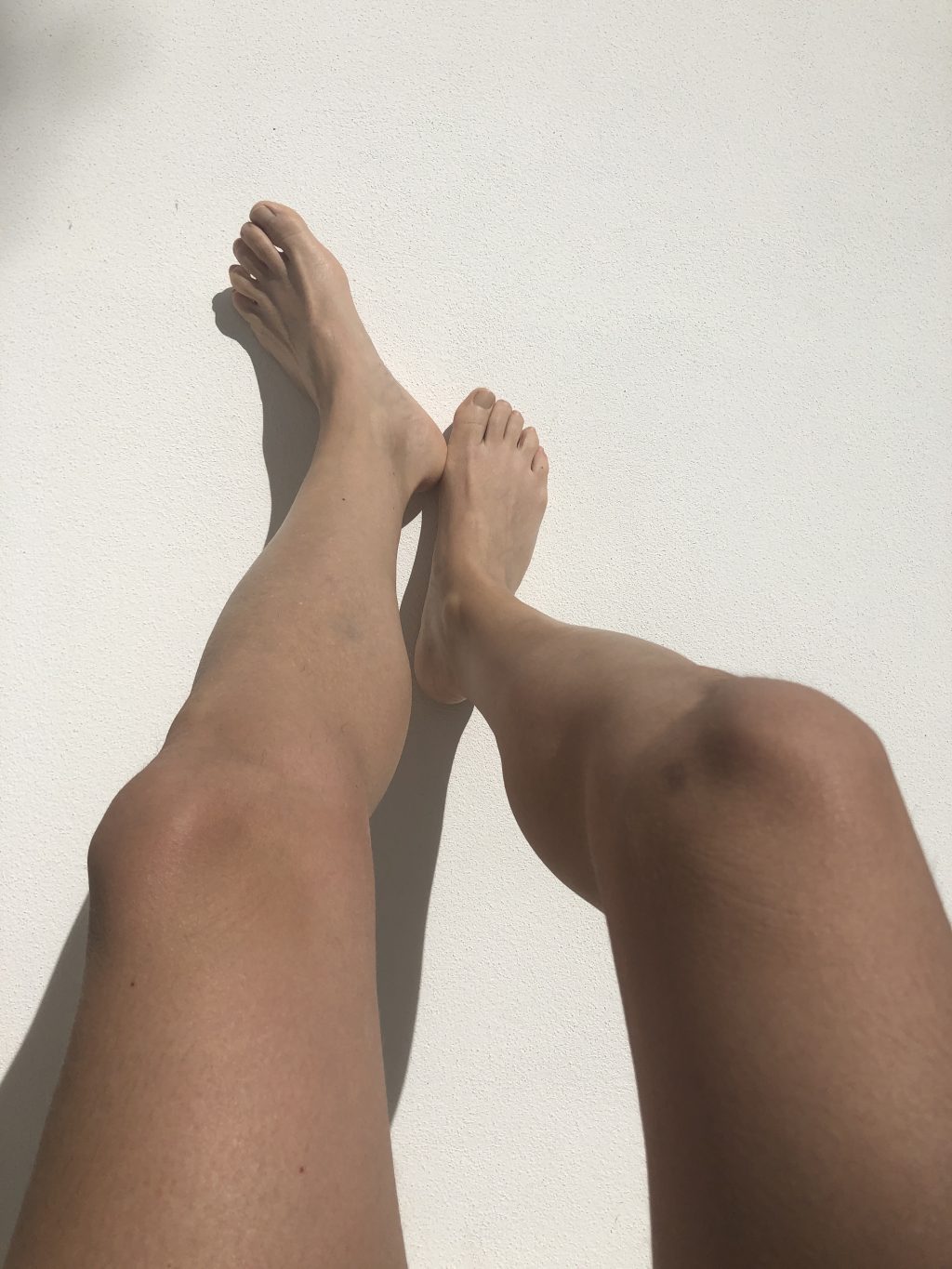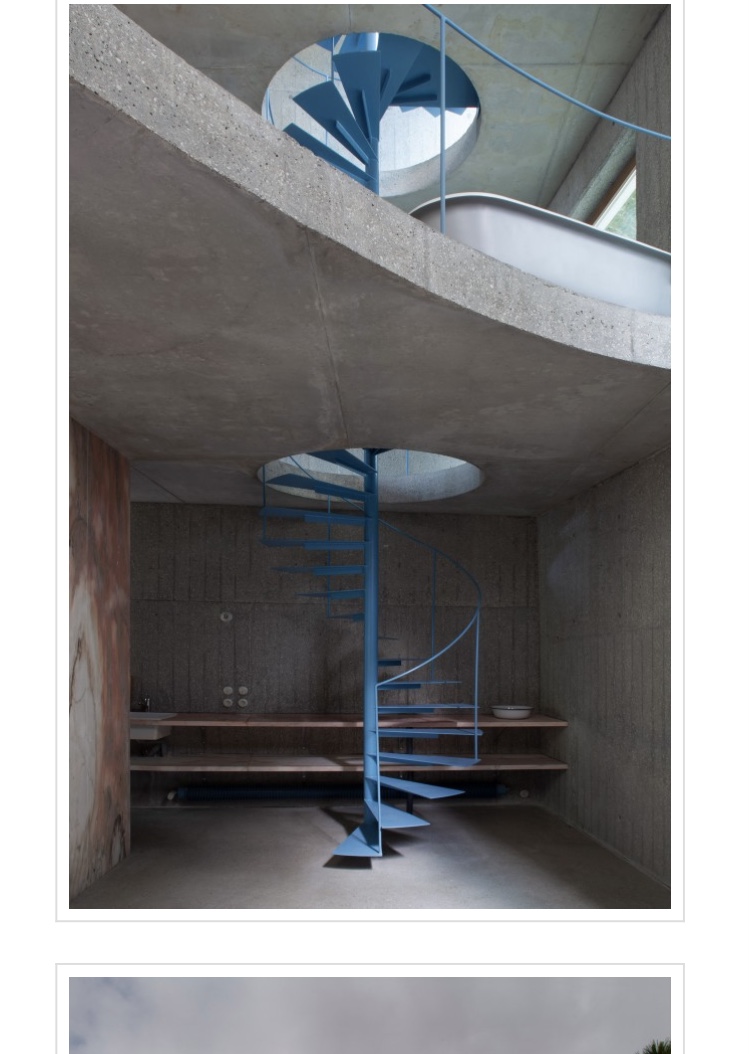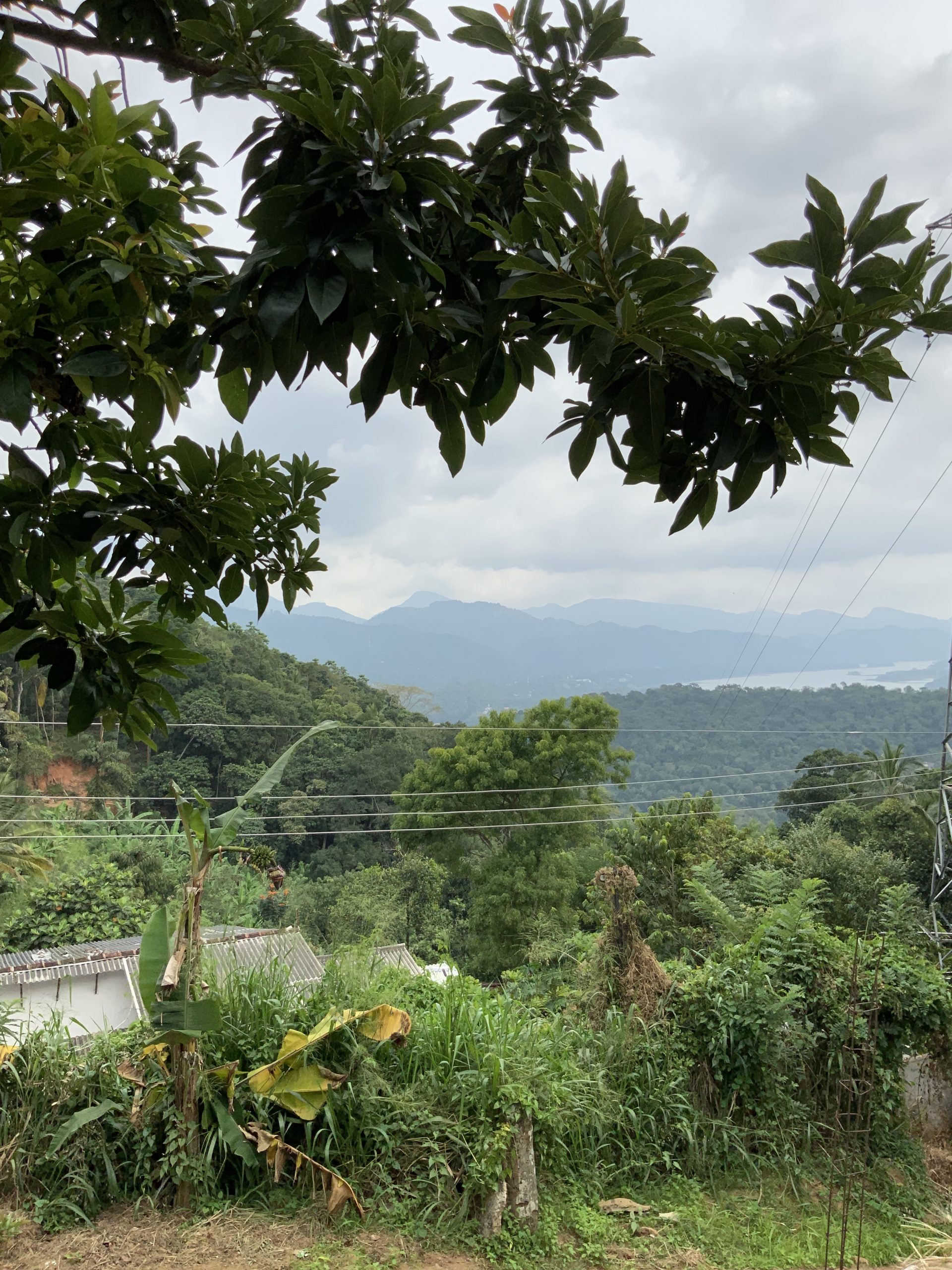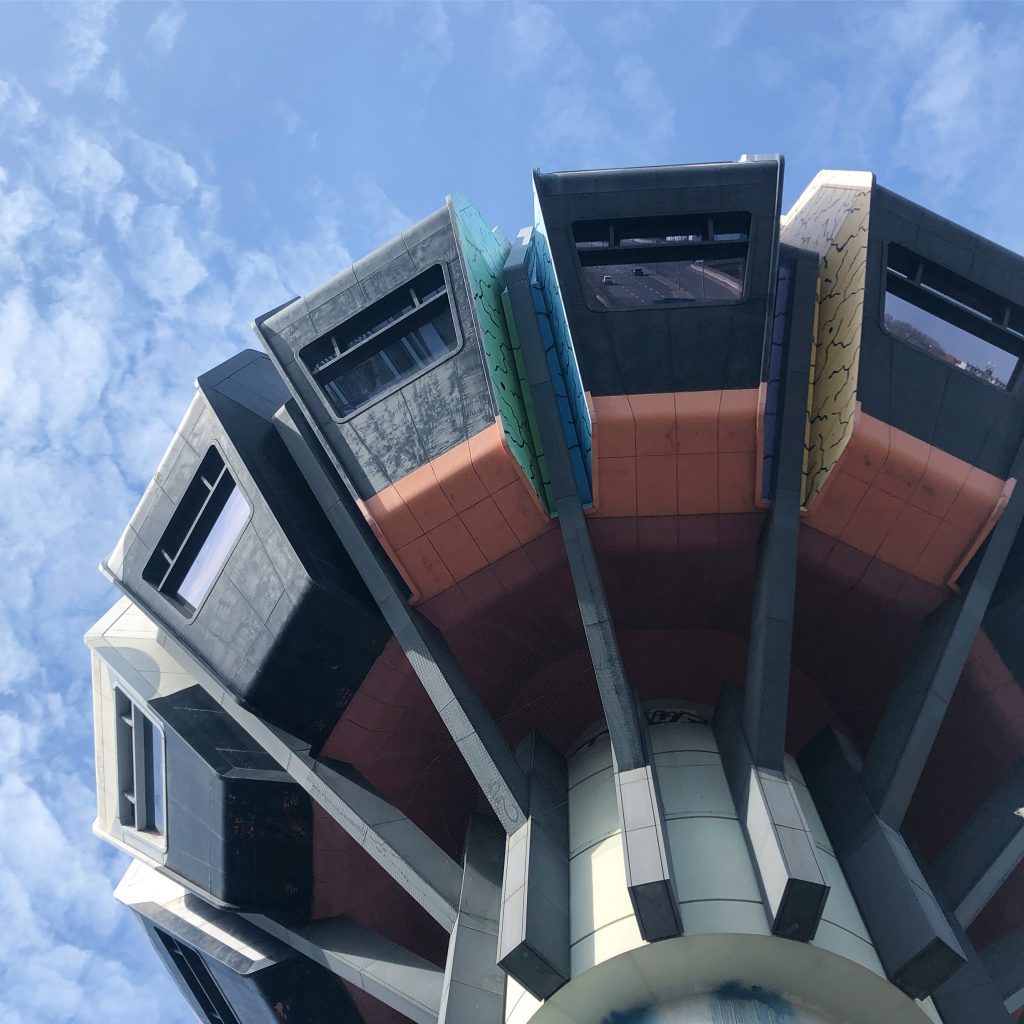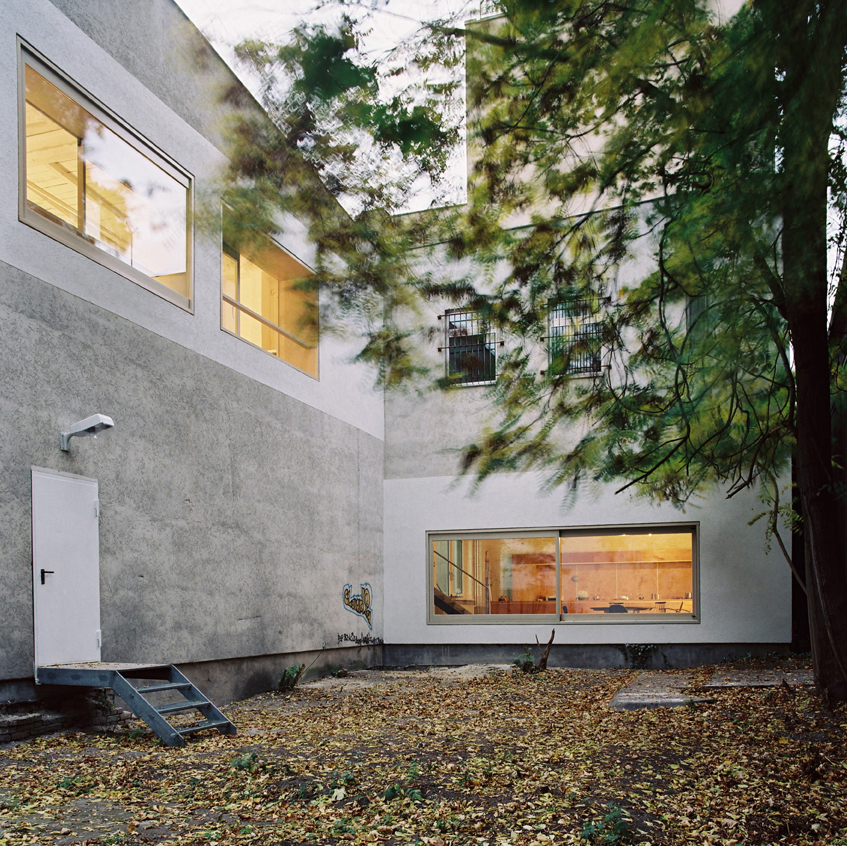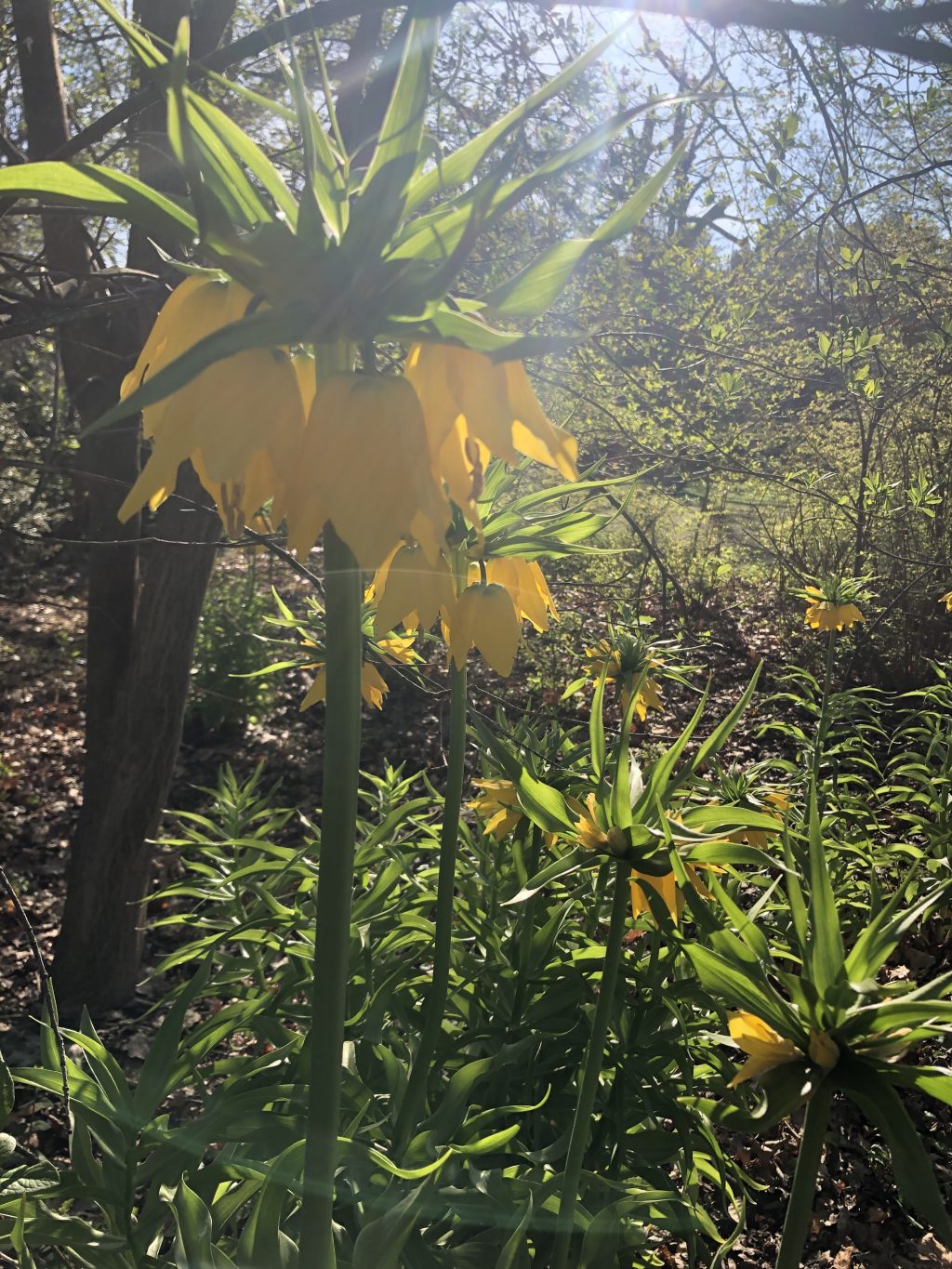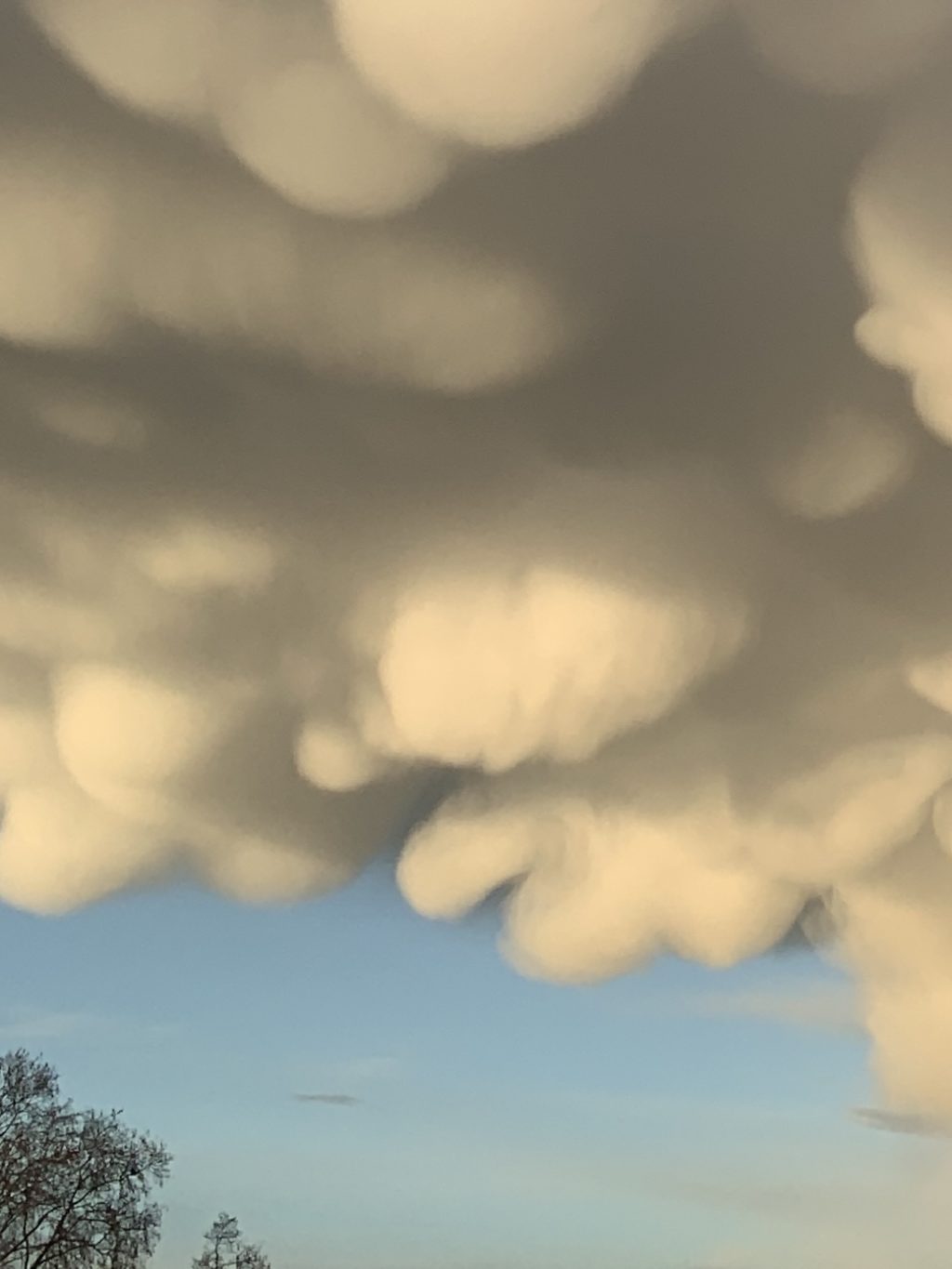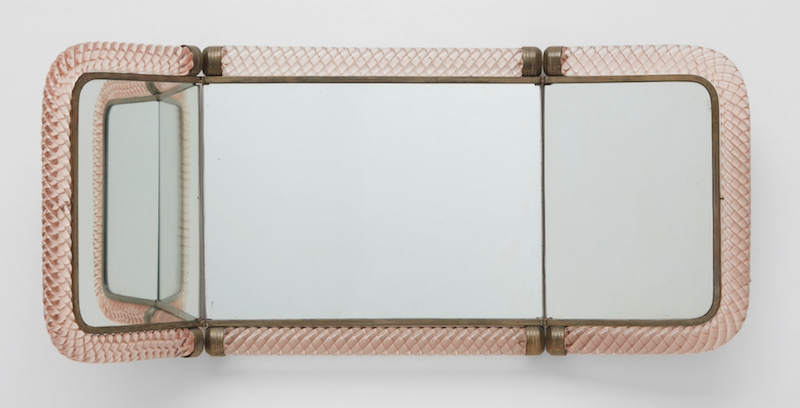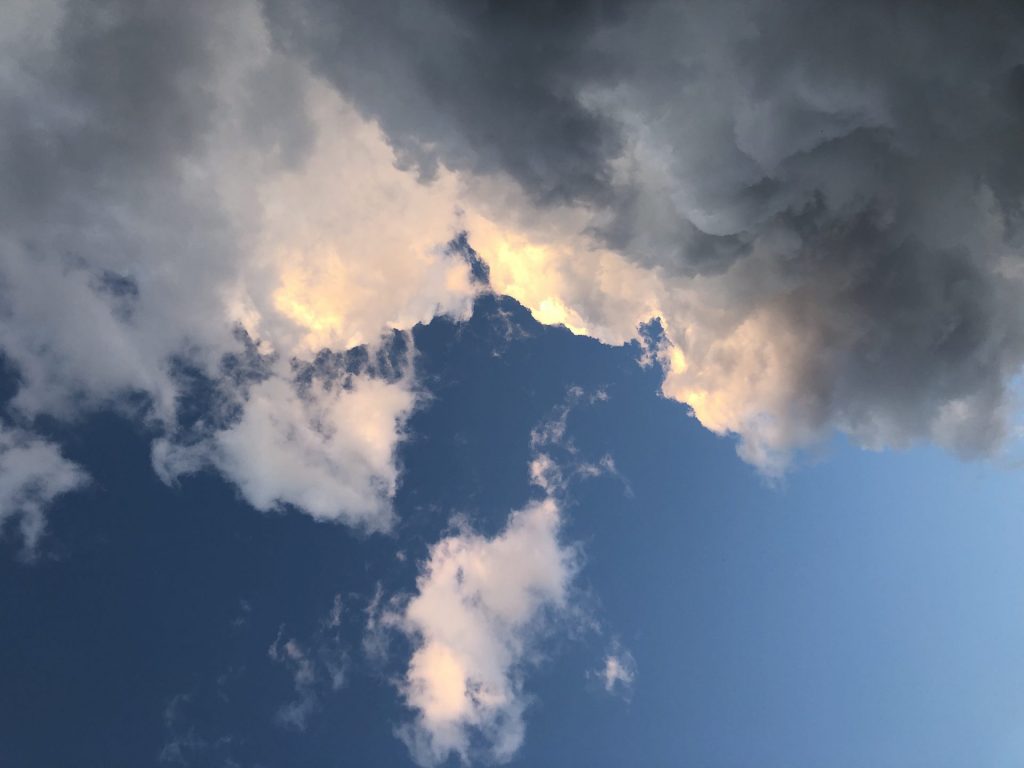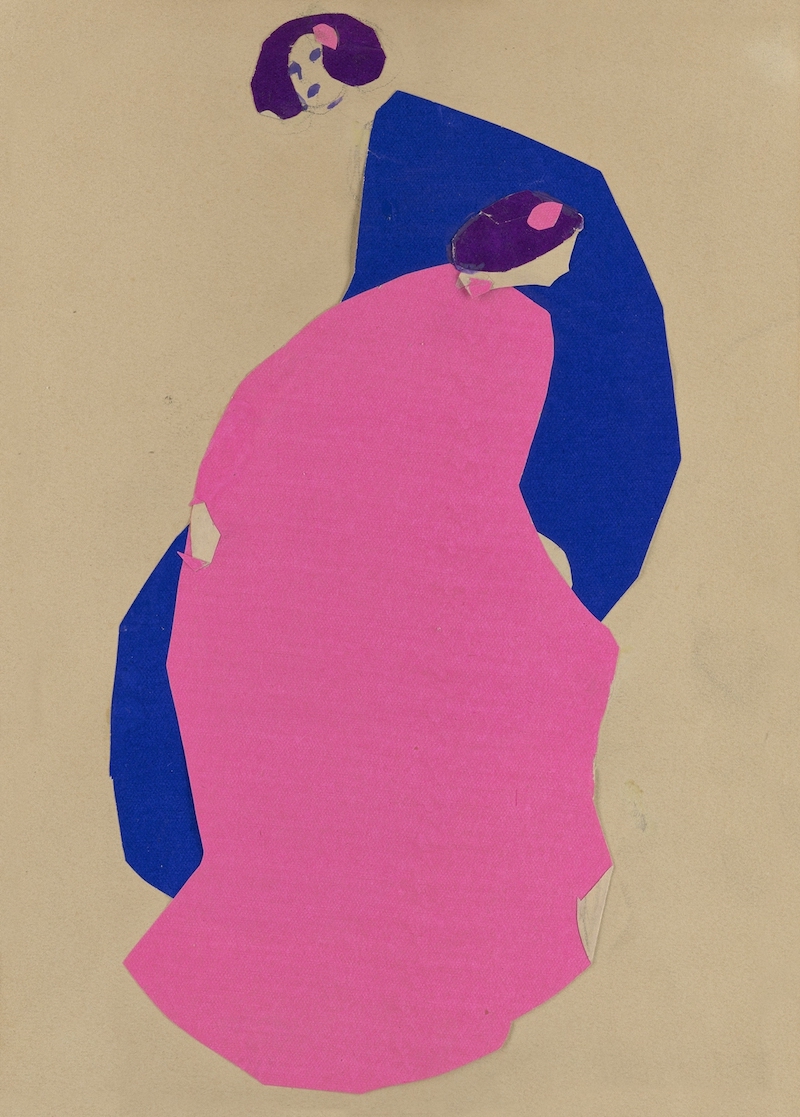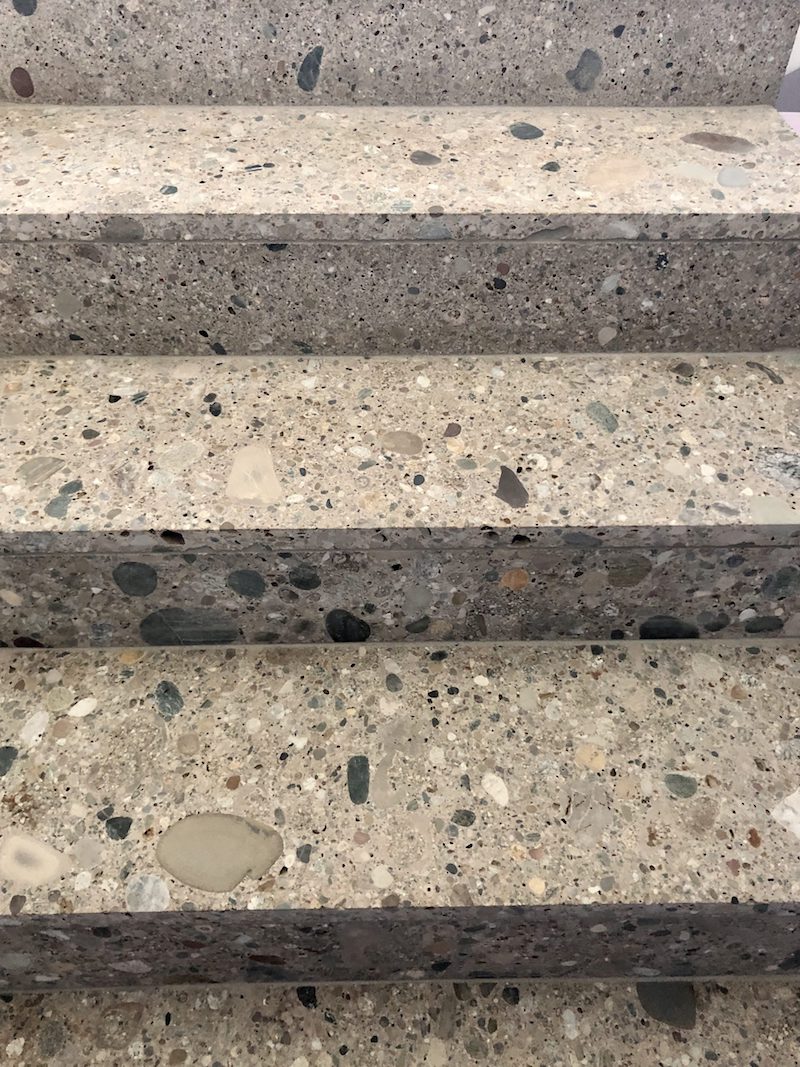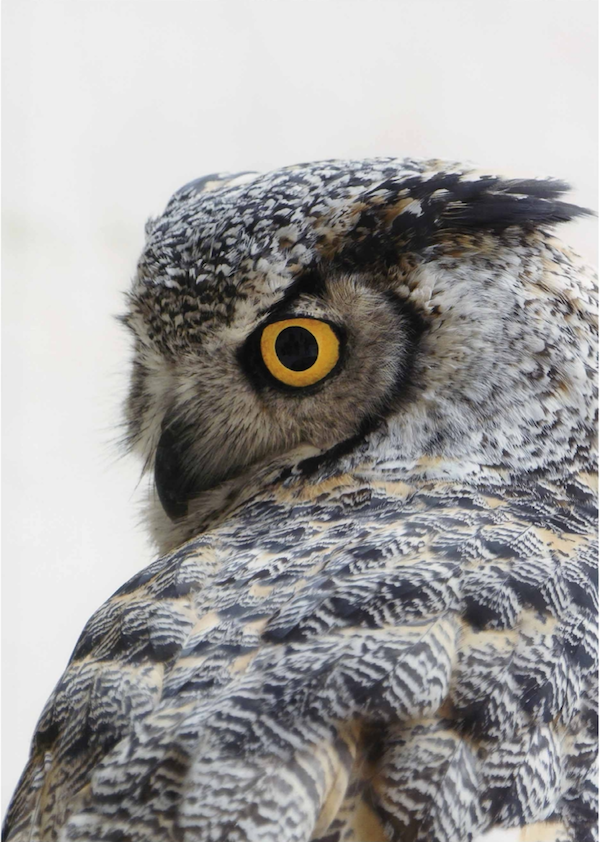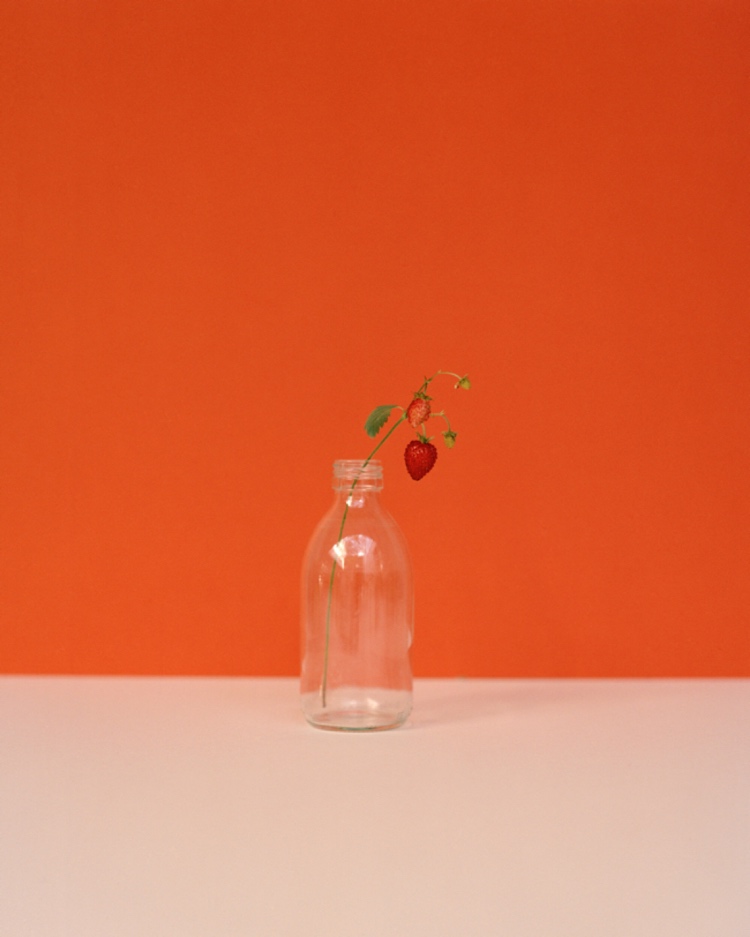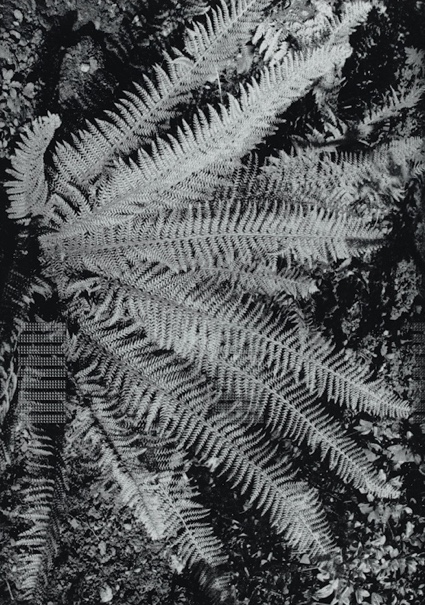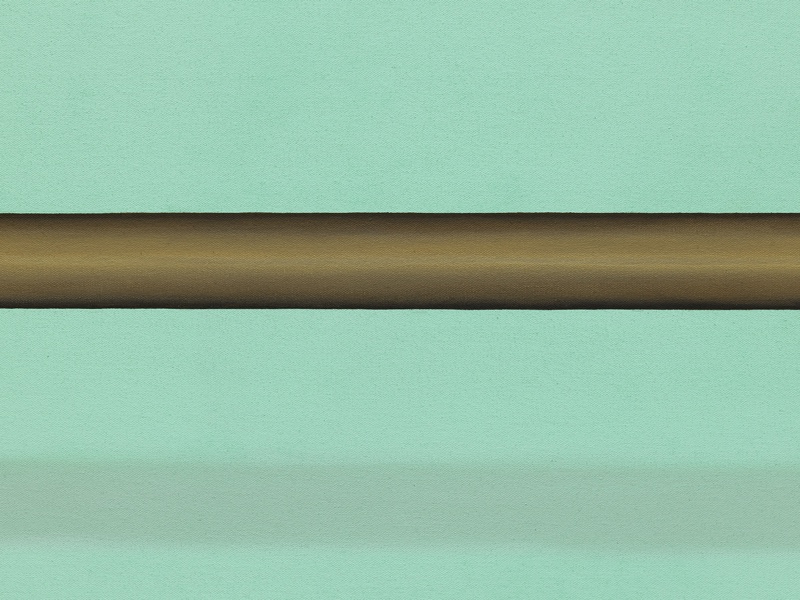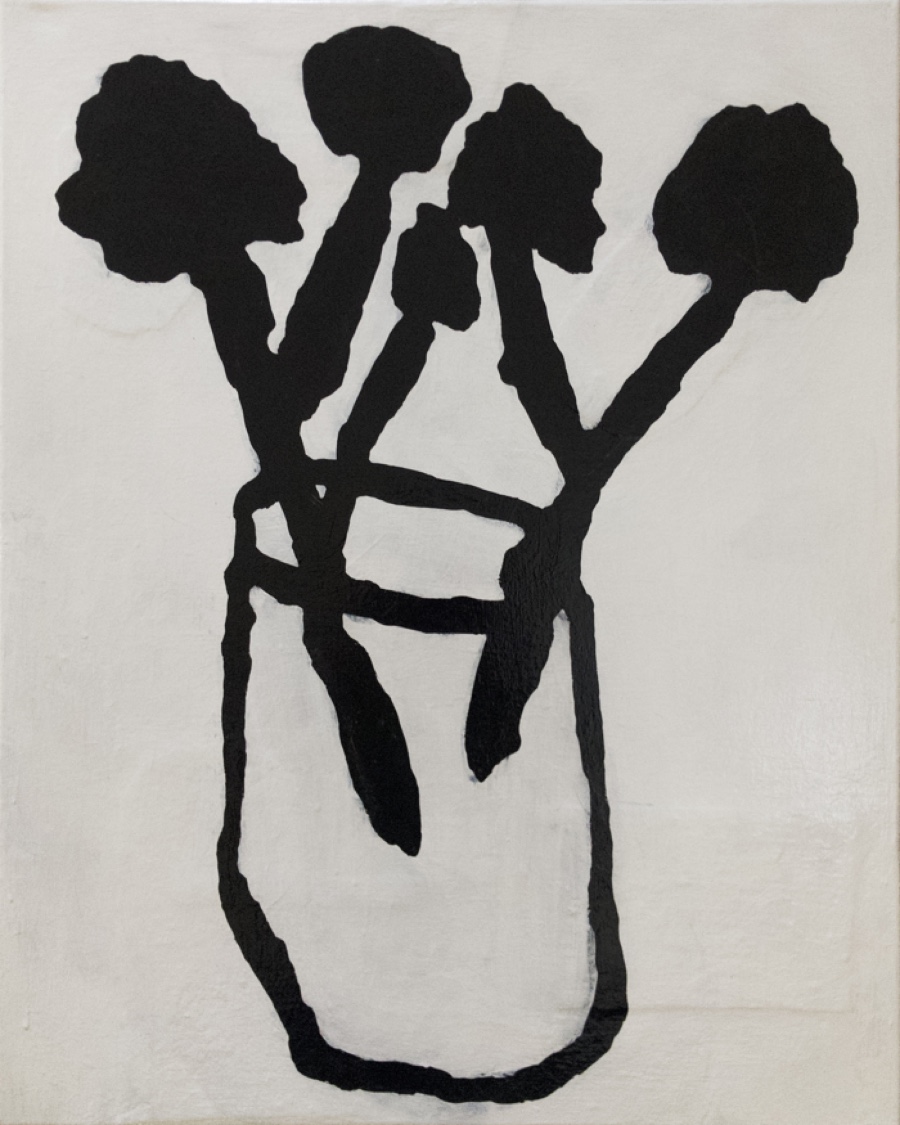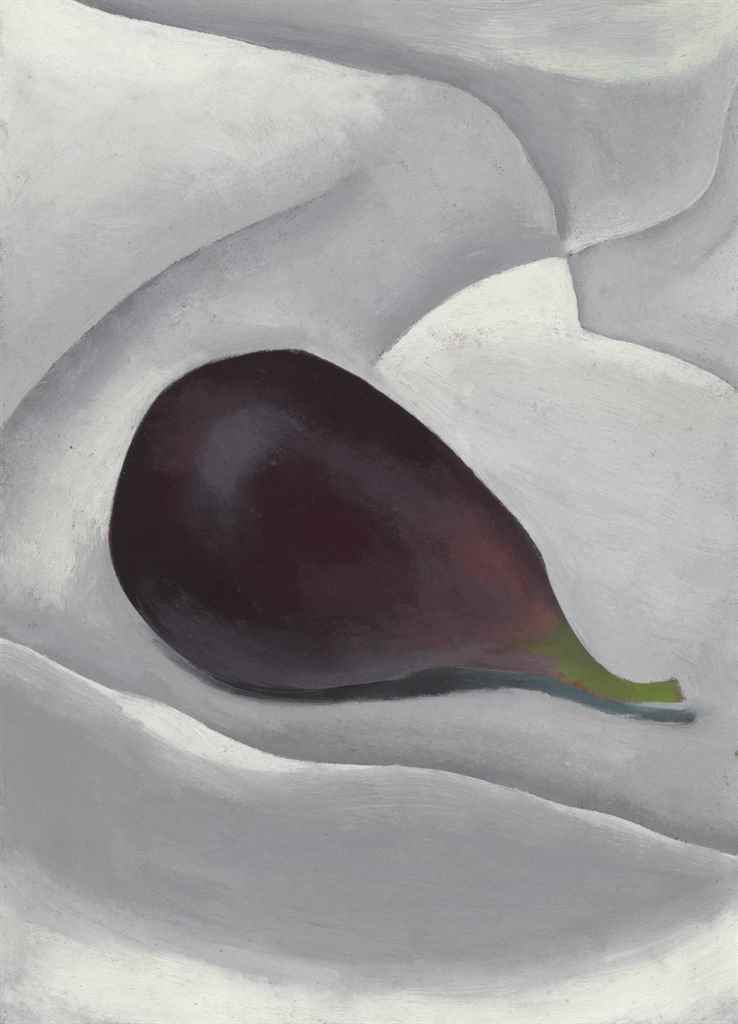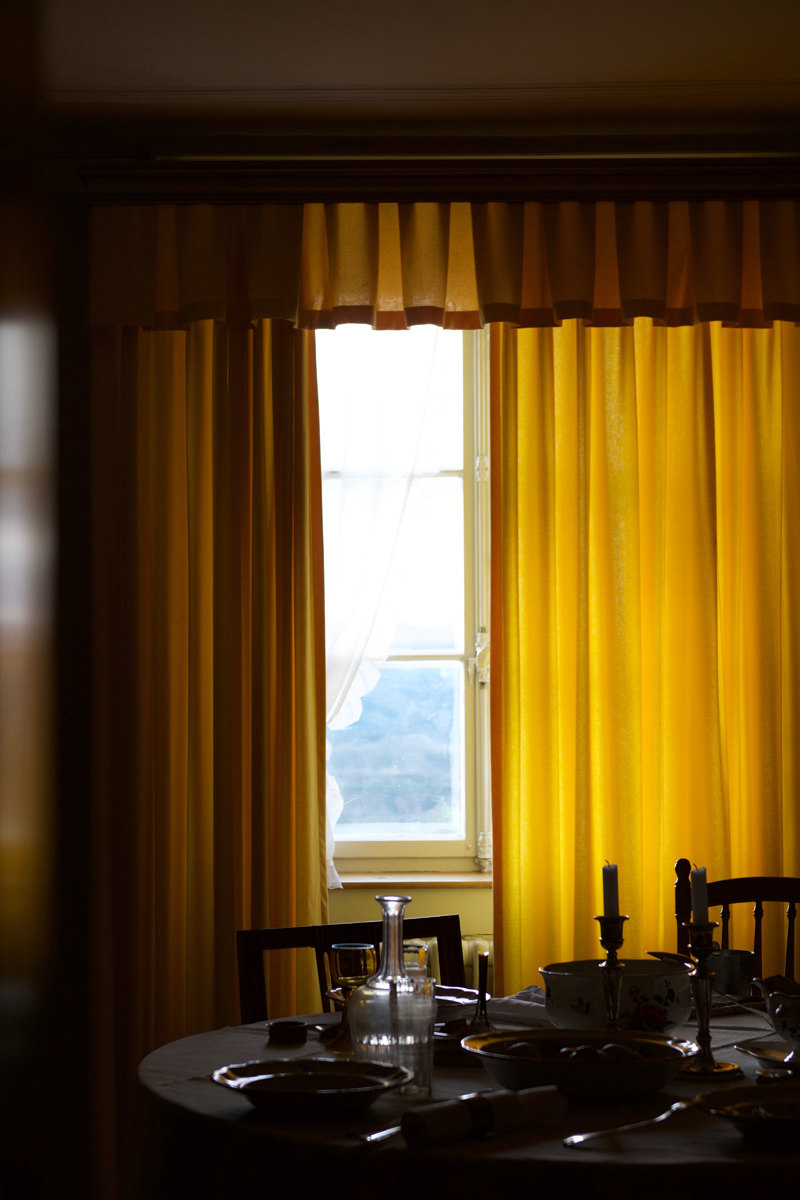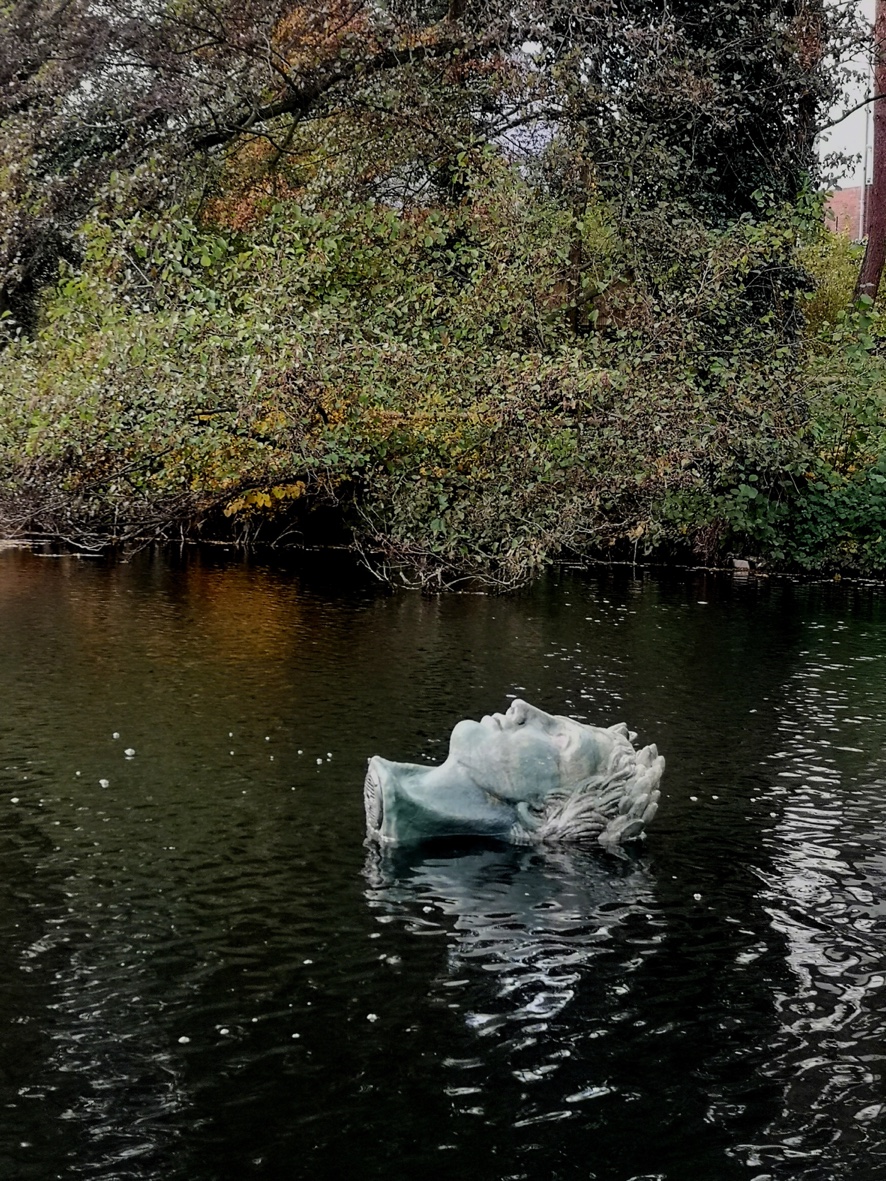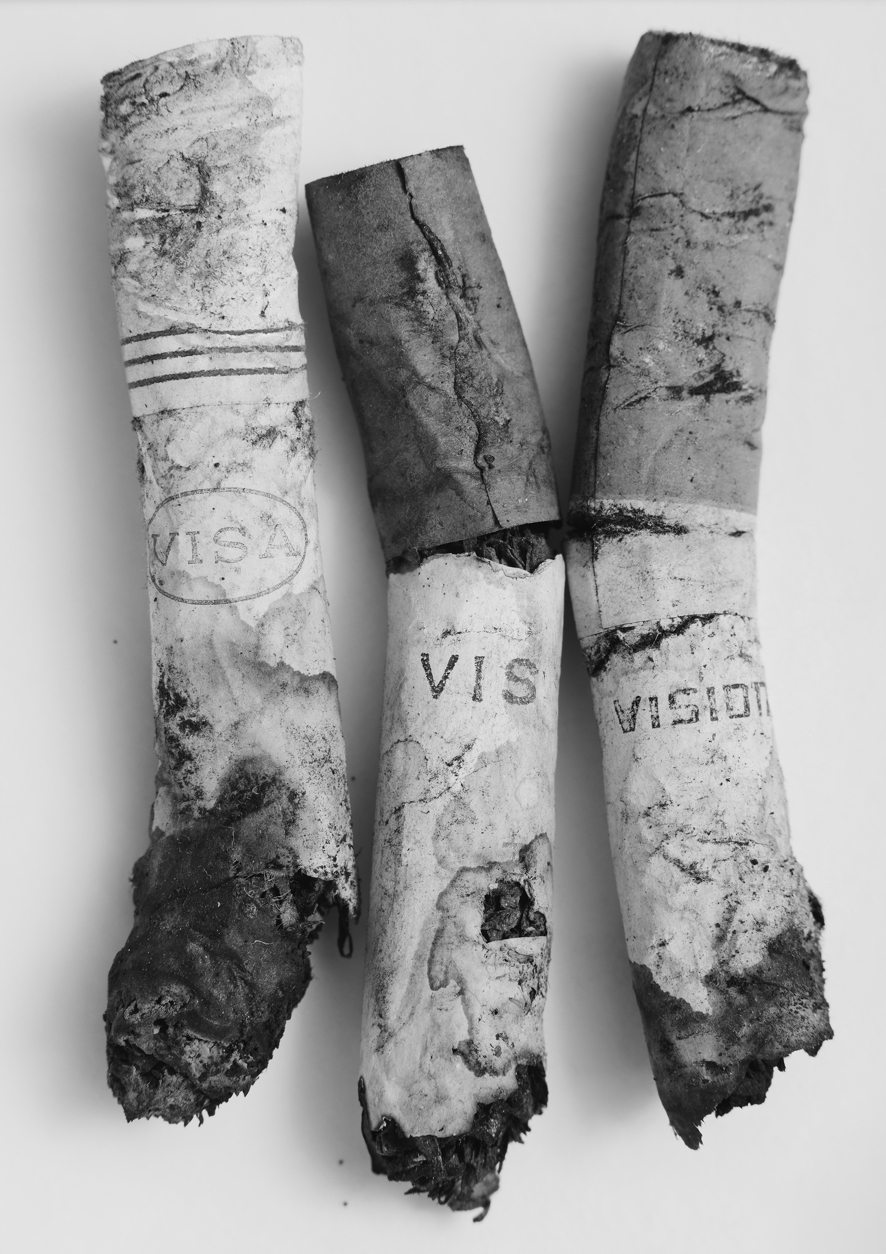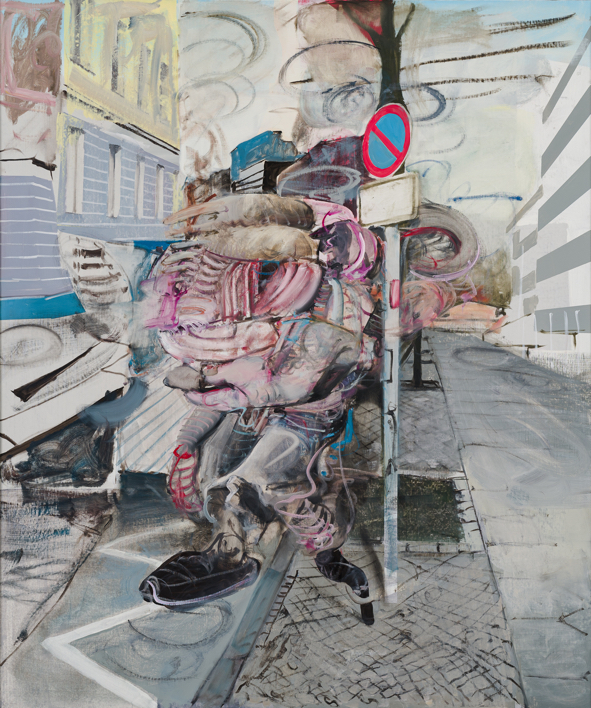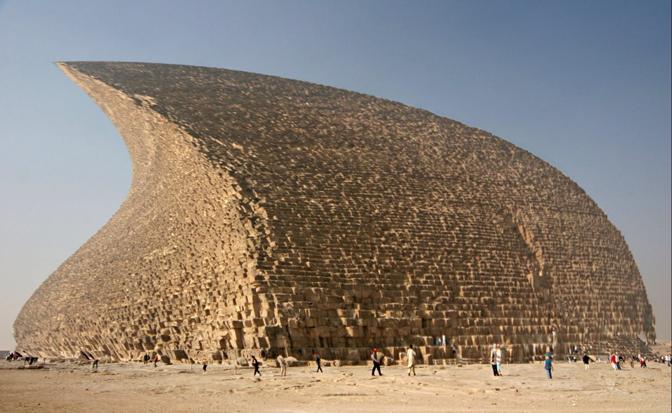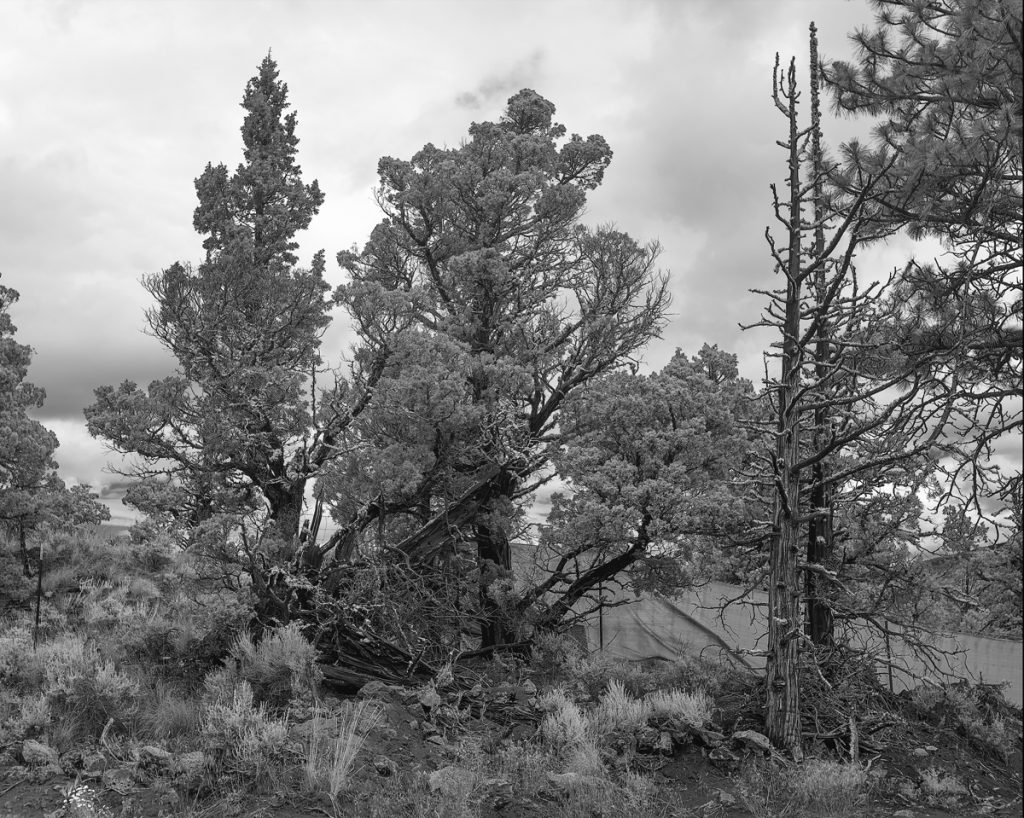Engaging with the past decade of Cauleen Smith’s career, the Kestner Gesellschaft will present The Volcano Manifesto in December 2025. The title refers to her three film works My Caldera (2022), Mines to Caves (2023), and The Deep West Assembly (2024), which together open up complex meditations on geological and cinematic time, the abyss of volcanoes and the depths of mines and caves in the form of large-scale video installations, new textile works, a facade project, drawings, and a space for collective exchange and reflection.
MAURIZIO CATTELAN AWARDED 2026 PREIS DER NATIONALGALERIE
The 2026 Preis der Nationalgalerie has been awarded to Italian artist Maurizio Cattelan. His iconic gestures, oscillating between exaggeration, irony and pain, challenge the rituals of commemoration, evoke both history and its narratives, and open new vantage points on contemporary social debates.The exhibition accompanying the award will open at the Neue Nationalgalerie in September 2026.
Public Art Munich inaugurates Passage with Karimah Ashadu
The Public Art Art Passage is a new format for art in public space in Munich. It consists of 11 monitors in historic display cases from the 1950s and features works by international artists. Inaugurating this format is artist Karimah Ashadu, whose work addresses the themes of labour and self-determination practices in the social, economic and cultural context of West Africa and its diaspora.
Doshi Retreat Opens on the Vitra Campus
The Doshi Retreat is a new architectural addition to the Vitra Campus in Weil am Rhein. Designed as a place of contemplation, it was created by Prtizker Prize winner Balkrishna Doshi in collaboration with his granddaughter Khushnu Panthaki Hoof and her husband Sönke Hoof. The retreat is Doshi’s first project to be completed outside of India and the last design he worked on prior to his death in 2023.
Berlin’s Inaugural Conceptual Biennale
The inaugural edition of the CONCEPTUAL Biennale introduces the first transdisciplinary platform to place contemporary conceptual practices in design, architecture, and art at its center, critically engaging with the societal questions they raise while recognizing the cultural significance of these practices. It presents itself as a prototype event, realised at short notice through self-initiative, self-funding and community support at a moment when Berlin is experiencing a renewed dynamic in community building while simultaneously connecting internationally.
Catwalk: The Art of the Fashion Show at Vitra Design Museum
They last barely fifteen minutes, yet their images circle the globe: fashion shows are media spectacles, social rituals and cultural statements all at once. With Catwalk: The Art of the Fashion Show the Vitra Design Museum presents a major exhibition dedicated to the phenomenon of the fashion show. Film clips, photographs, original couture creations, stage props and numerous documents create a vivid picture of more than one hundred years of catwalk history. From Sixties subcultures to Punk to fashion in a digital age, fashion shows emerge as complex works of art that engage with the human form, myths and ideals, realities and social change.
Yayoi Kusama retrospective at Fondation Beyeler
Step into the all-encompassing world of shimmering reflections, infinite colours and dots on dots on dots. This is the universe of Yayoi Kusama as orchestrated in close collaboration with the Fondation Beyeler for the artists’ retrospective spanning seven decades of her work. Alongside Kusama’s most iconic works, expect rare drawings and watercolours from Japan, her radical New York avant-garde pieces and new large-scale installations such as “Illusion Inside the Heart”, a new outdoor “Infinity Mirror Room” illuminated by natural sunlight, and “Narcissus Garden”, the installation of mirrored spheres shimmering across the museum’s pond which was first shown during the 45th Venice Biennale in 1966.
Solastalgia — Walks through changing landscapes at MGGU
Landscapes are subject to constant change, which in times of climate change unfolds with particular speed and destructive force. Can landscapes be both beautiful and endangered? The exhibition Solastalgia. Walks through changing landscapes explores the ambivalence between beautiful and wounded landscapes, and our conflicted relationship with the environment. With this exhibition, the Giersch Museum at Goethe University is celebrating its 25th anniversary as well as its 10-year affiliation with the university. Historical landscape paintings from the 18th to the early 20th century from the GIERSCH collection come into contact with contemporary artistic positions that are dedicated to the endangered landscape from different perspectives, with works by, among others, Asad Raza, Ilana Halperin and Marcus Maeder.
SUGAR VALLEY — Germany’s most sustainable urban district
Sugar Valley, a new neighbourhood project in Munich-Obersendling, will be a mixed-use urban quarter developed by Salvis Consulting AG. The first construction phase is designed by the architectural studios COBE (Copenhagen) and J.MAYER.H (Berlin). Sugar Valley combines post-industrial architecture with green spaces, a strong focus on sustainability and a high quality of urban life. The neighbourhood has been awarded LEED-ND Platinum certification, making it one of the highest-rated sustainable developments of its kind in Germany. A total of 20,000 square metres of open space, including sports facilities and playgrounds, will provide leisure and recreation areas for residents and visitors.
Tony Cokes “Let Yourself Be Free” at Kunstmuseum Liechtenstein
Kunstmuseum Liechtenstein has invited artist Tony Cokes to engage in a dialogue with its collection, resulting in the exhibition Let Yourself Be Free. Cokes is best known for his now-signature videos, which combine quotes from a range of texts with brightly coloured backgrounds and music, creating sequences that encourage viewers to rethink how images and sounds shape our understanding of politics, culture and power. A defining feature of the exhibition, and central to Cokes’ practice, is the principle of (unexpected) juxtaposition, remix and reinterpretation. At its centre is a new three-channel video installation in which Cokes reflects on three figures: Rolf Ricke, Donald Judd and Harald Szeemann.
German Design Graduates 2025 “Dare to Design – Spaces of Care”
THE WAY OF FLOWERS: CROSSLUCID AT OFFICEIMPART
You step into a digital permaculture garden that grows through ecological care and is sustained by community engagement — which means it’s September and you’ve found yourself at the Crosslucid exhibition “The Way of Flowers” at OfficeImpart. The project reinvents environmental art through morphing digital botanicals that forge connections with real-world conservation efforts. Visitors will experience the digital plant-creatures and their evolutions first-hand, alongside physical works from the series staged with real plants.
“Come to the Building Site!” Festival by Bauhaus-Archiv / Museum für Gestaltung
In the context of the collection: Henrik Olesen and Isodore Isou
In an effort to question traditional museum narratives, the Kunstmuseum Liechtenstein has developed an ongoing exhibition series titled “In the Context of the Collection” that offers new perspectives on their own collection. For the exhibition Demons Are Tearing Me Apart the museum invited Henrik Olesen to participate, who in turn decided on engaging with the work of Isodore Isou, who would have celebrated his centenary this year. Both artists share an interest in deconstructing established categorisations in our everyday lives and demonstrating a ‘culture of in-between spaces’.
NUKLEUS KIEL: THE CITY AS ART RESEARCH LAB
How can a city be read, questioned and inhabited differently through art? This is the leading question of NUKLEUS Kiel, an interdisciplinary art project that approaches the urban fabric of Kiel as a field of research. Between June and October invited artists Felix Kiessling, Esben Weile Kjaer, Annika Larsson, Sabine Zahn, and PIK Porree as well as local students from Muthesius University of Fine Arts and Design will be developing site-specific interventions that explore questions of public space, democratic participation and urban coexistence.



